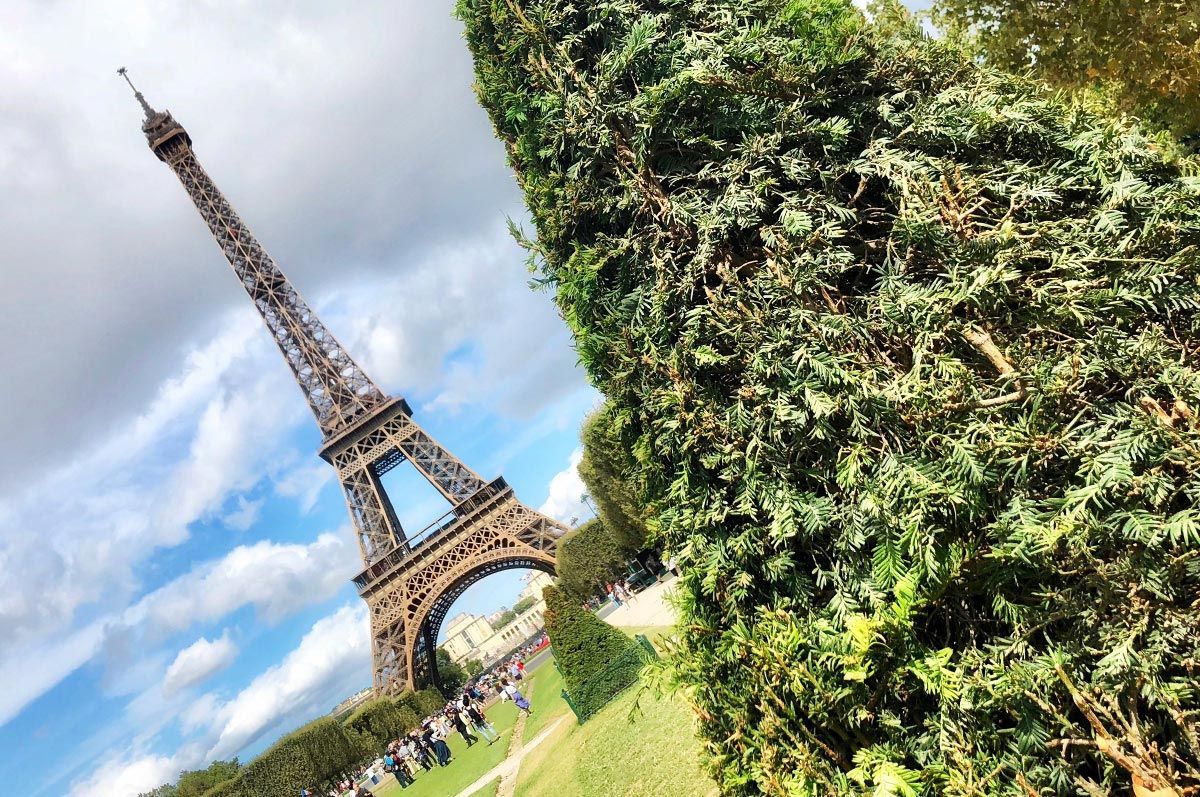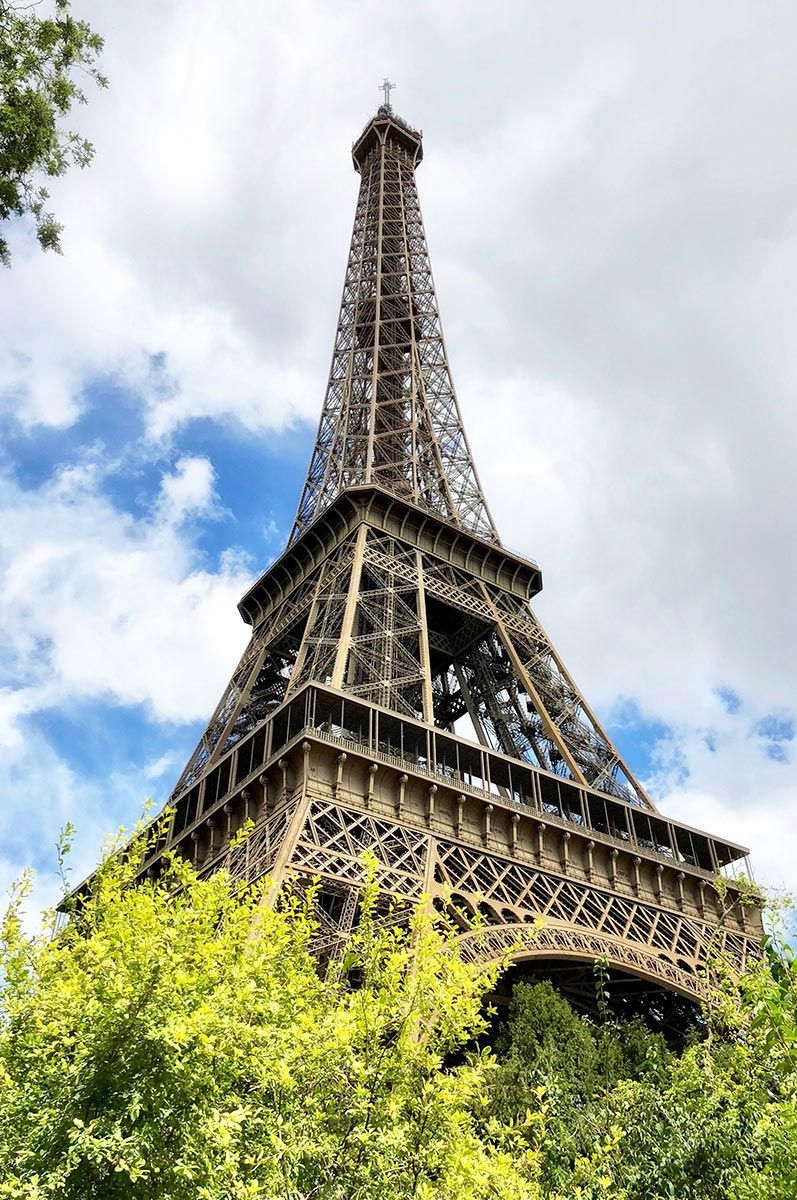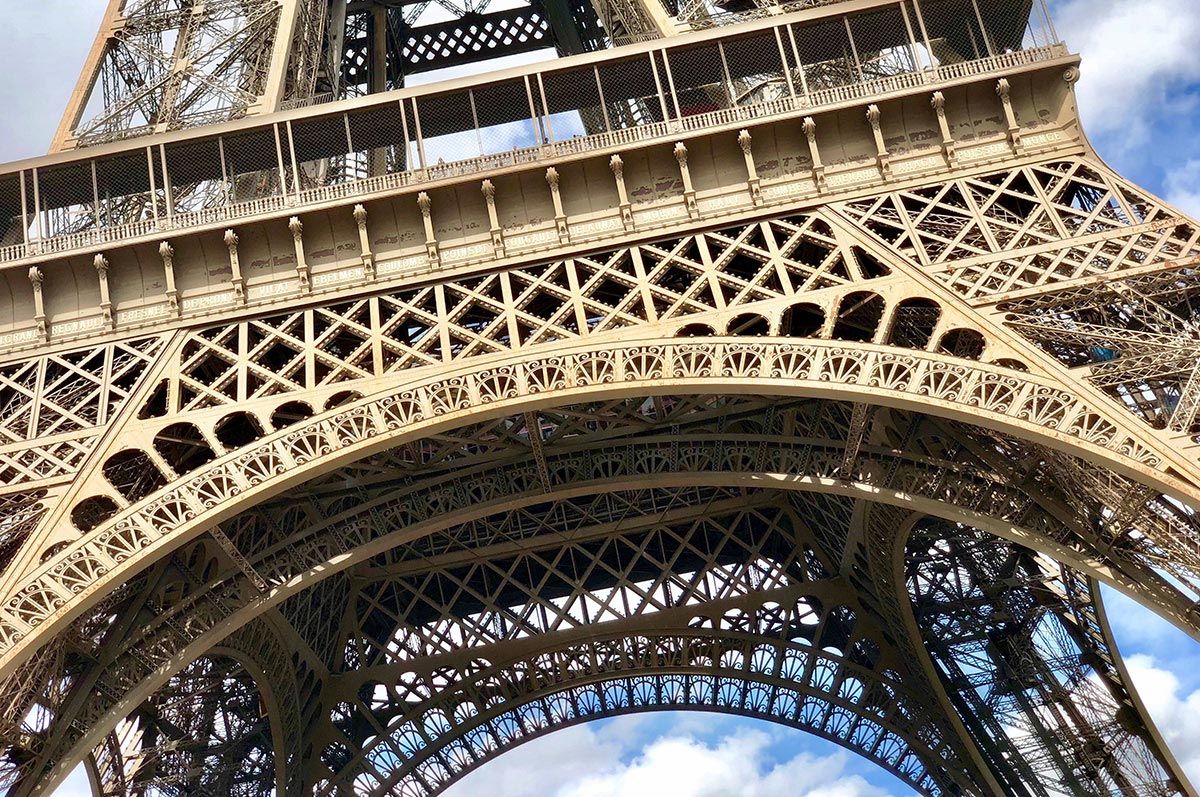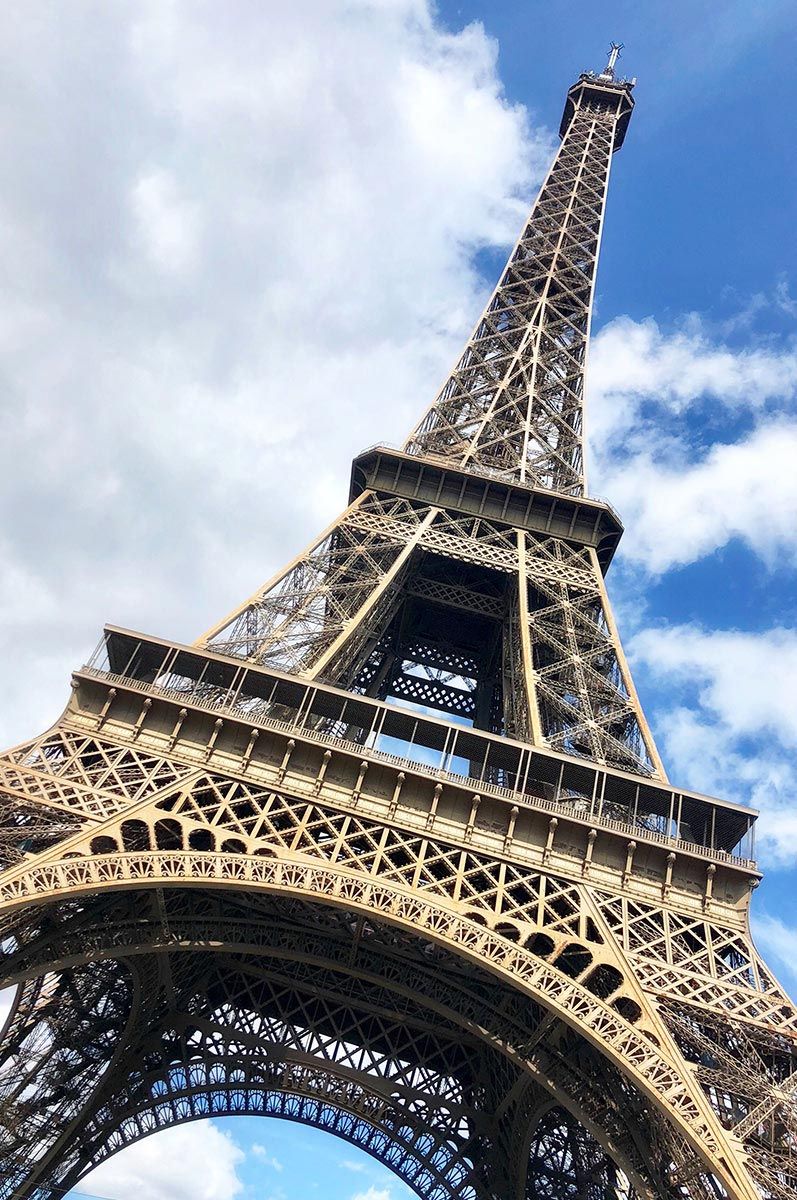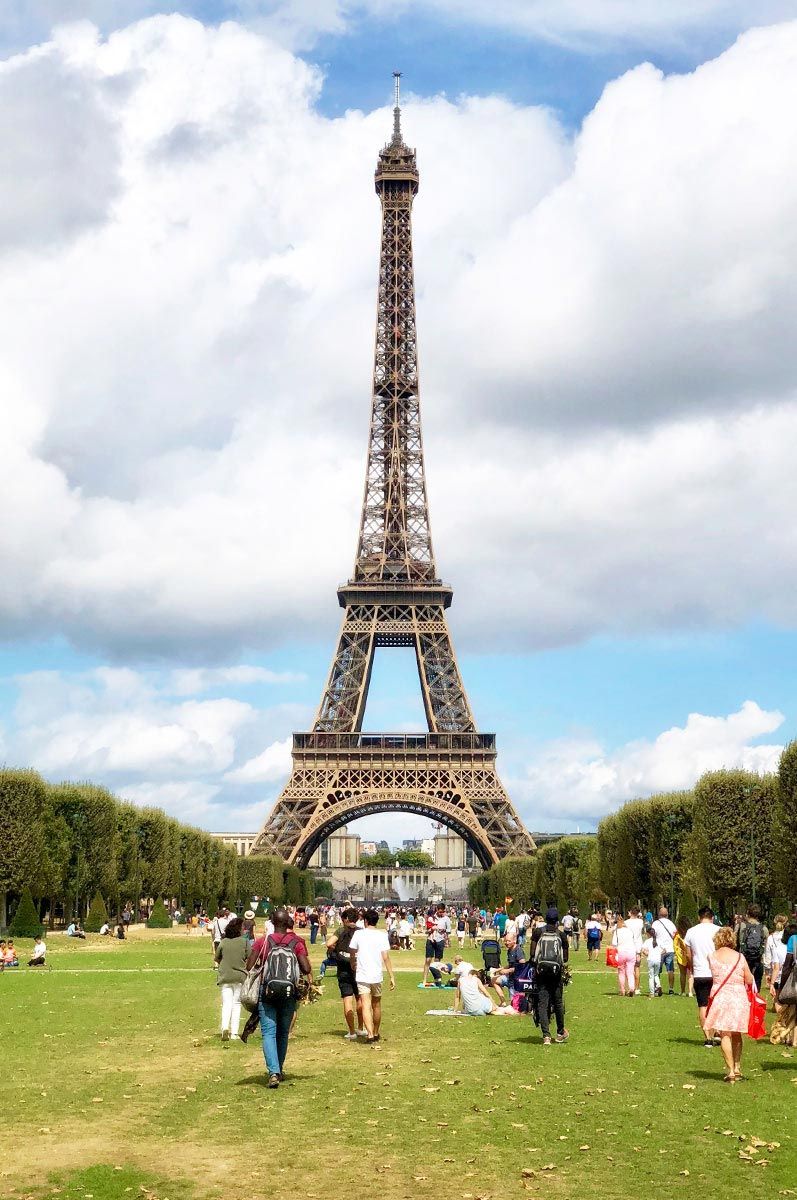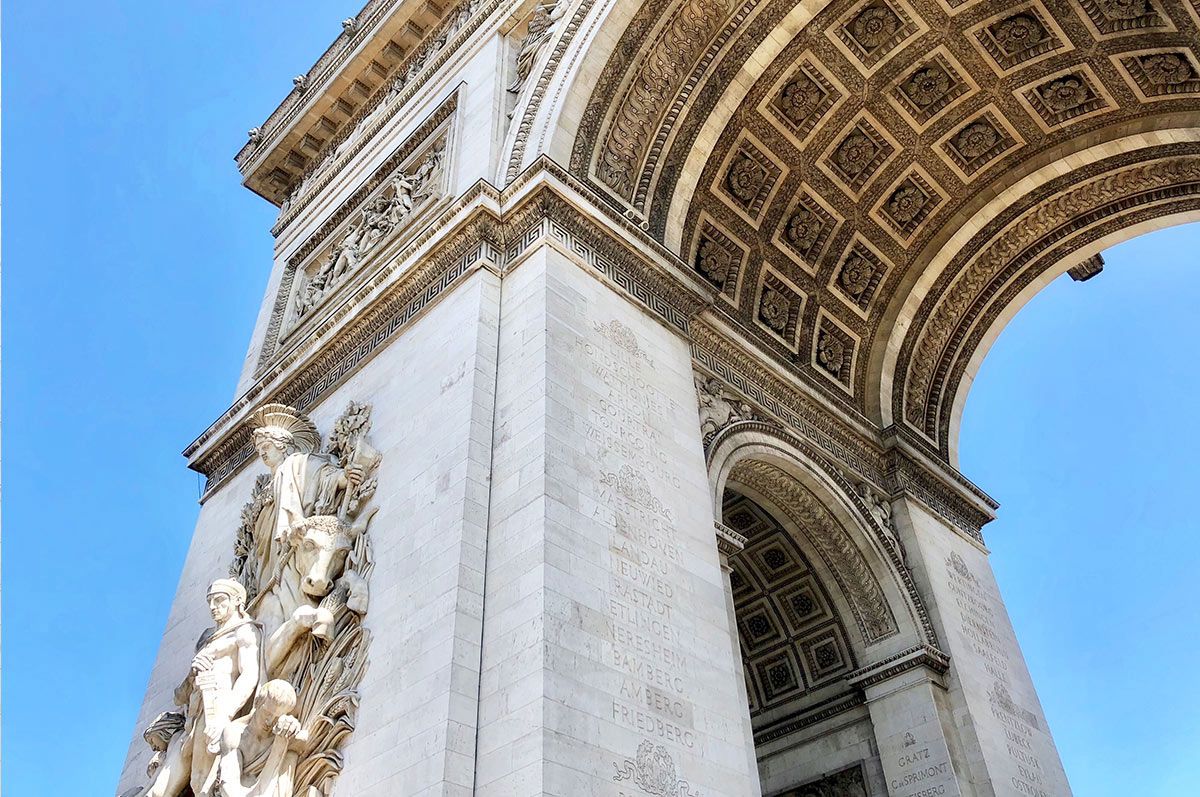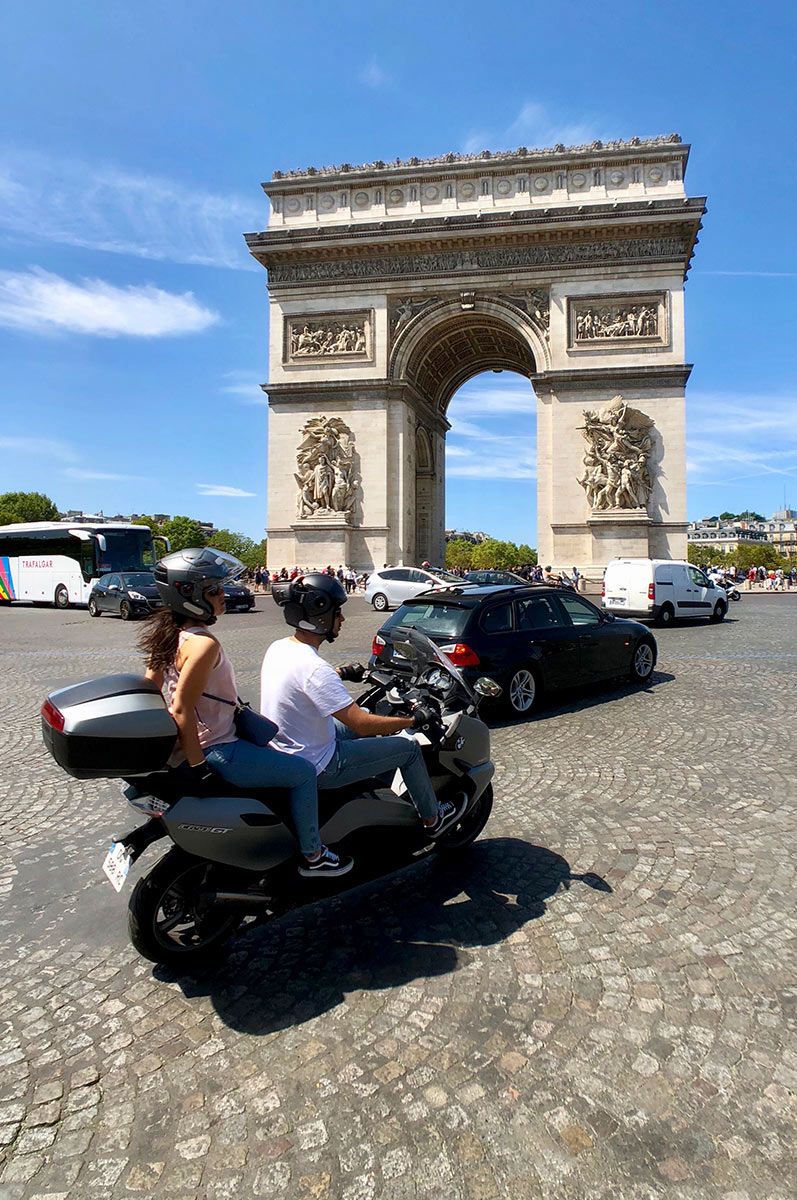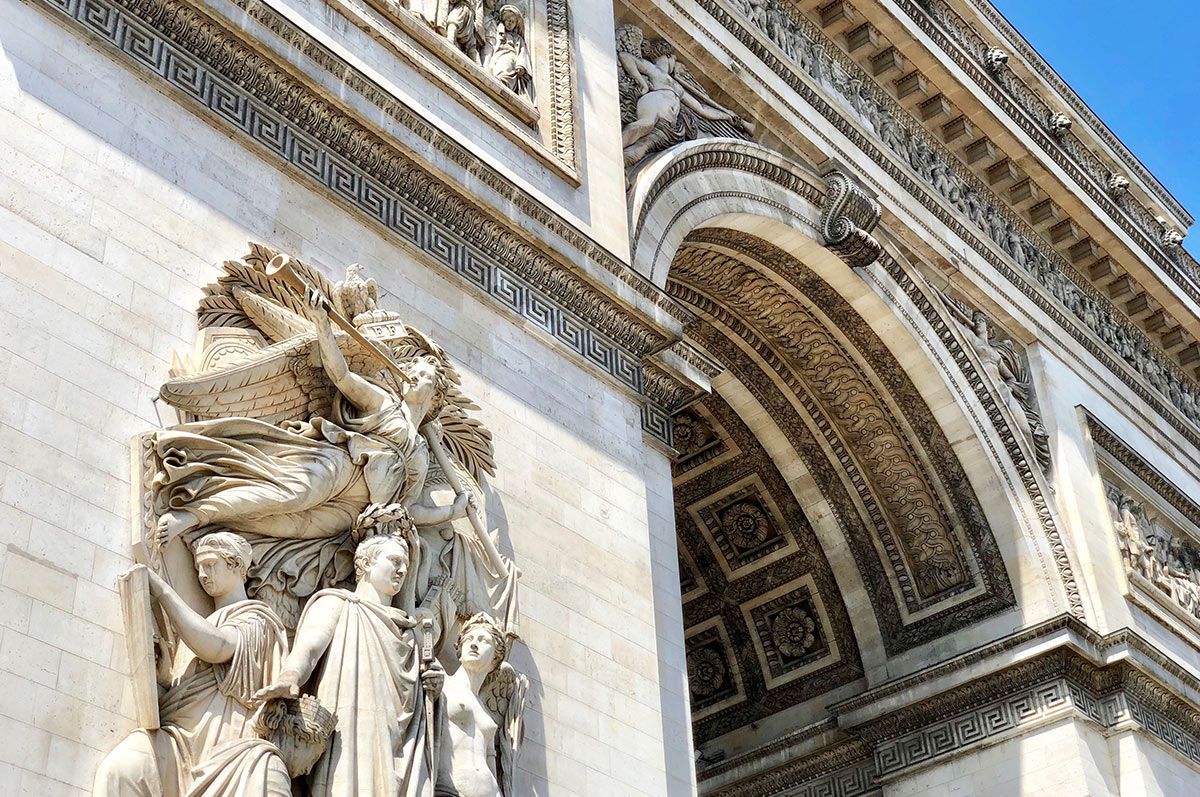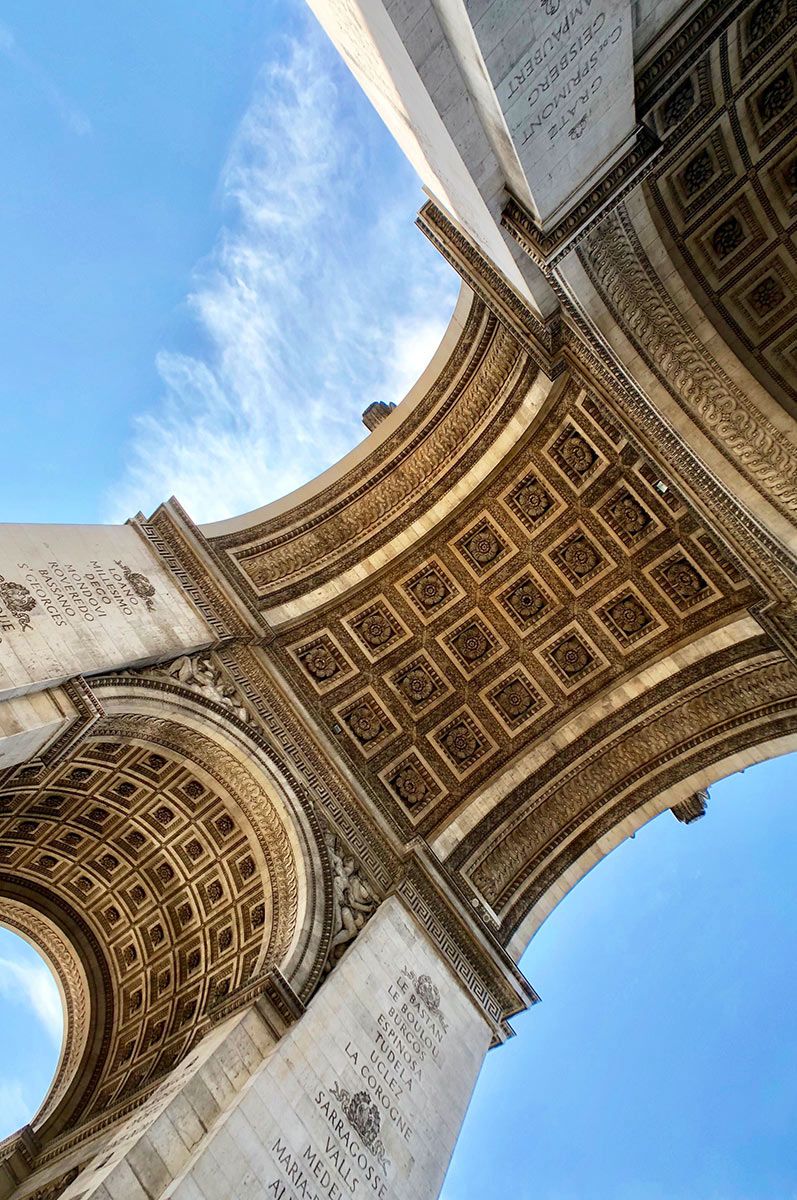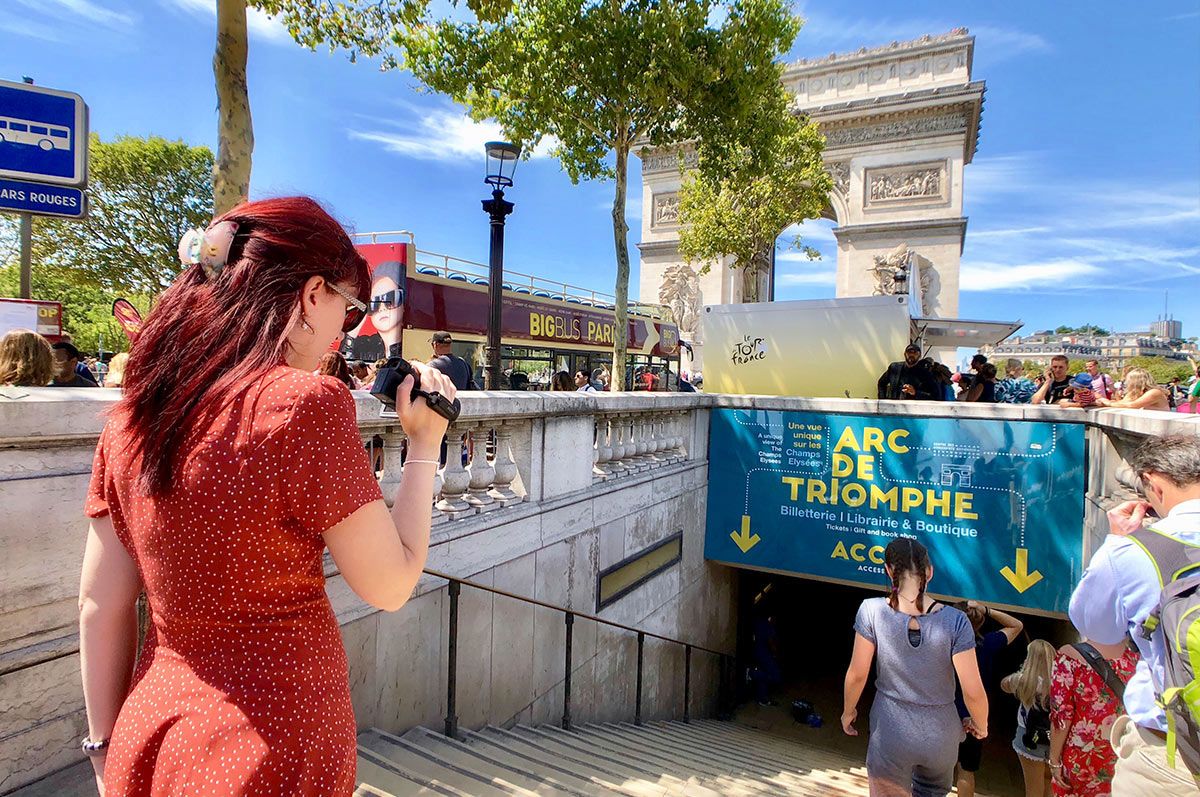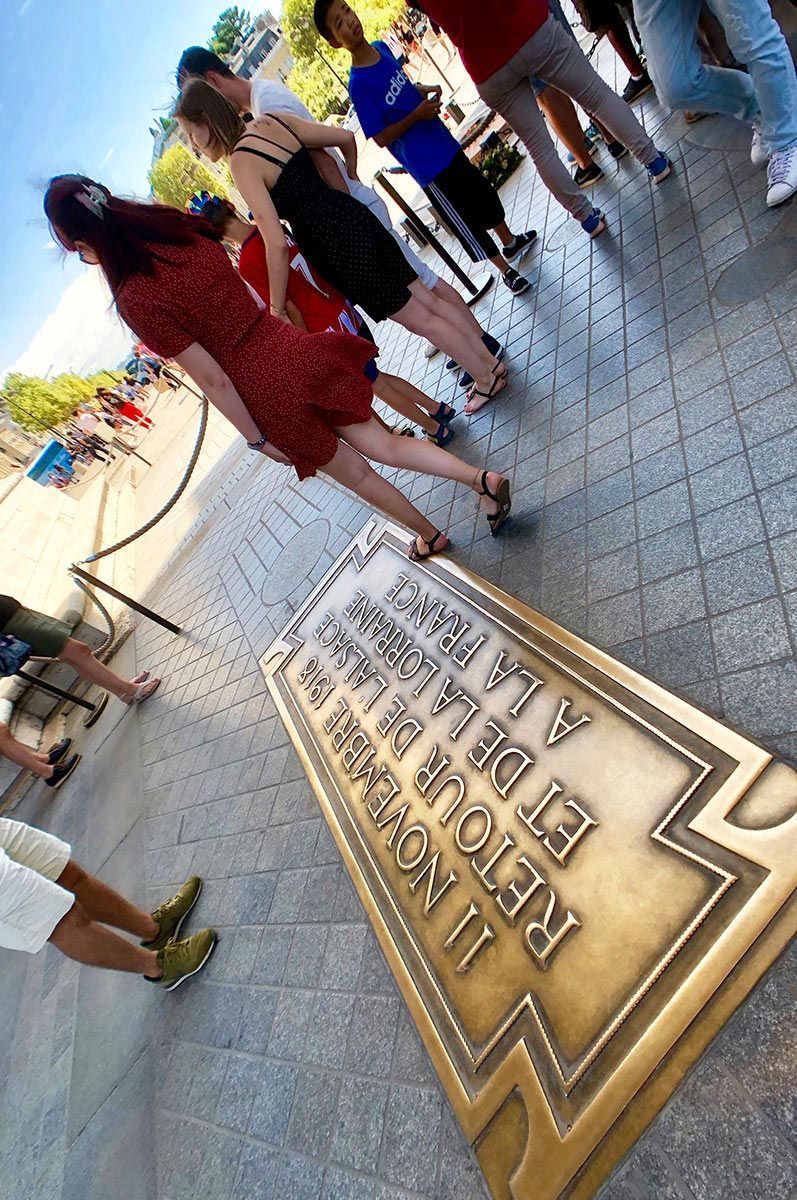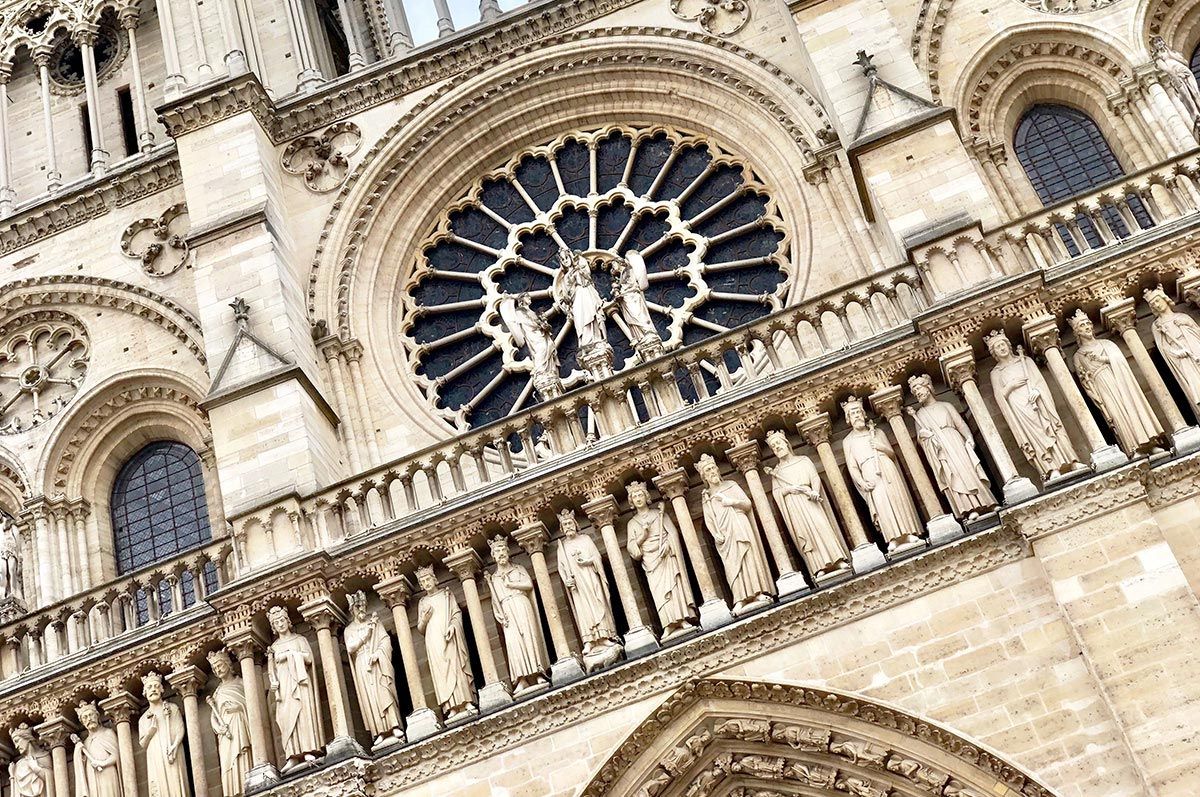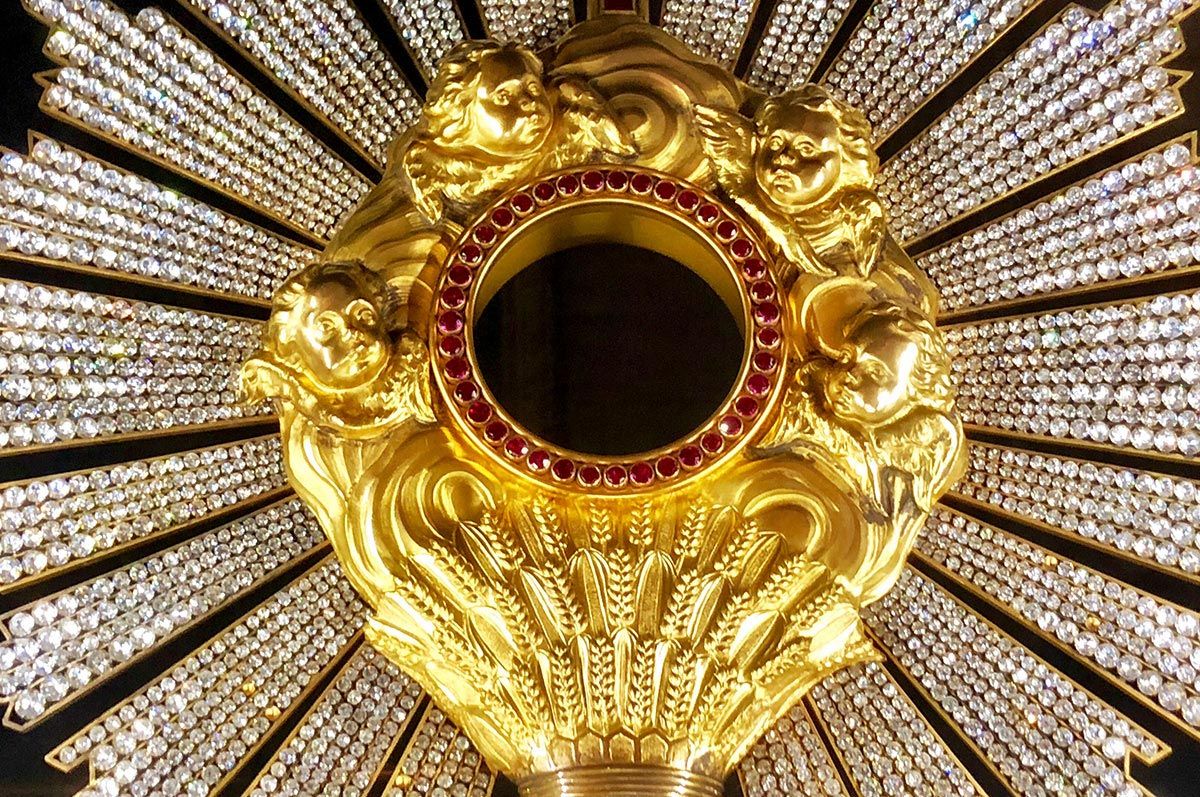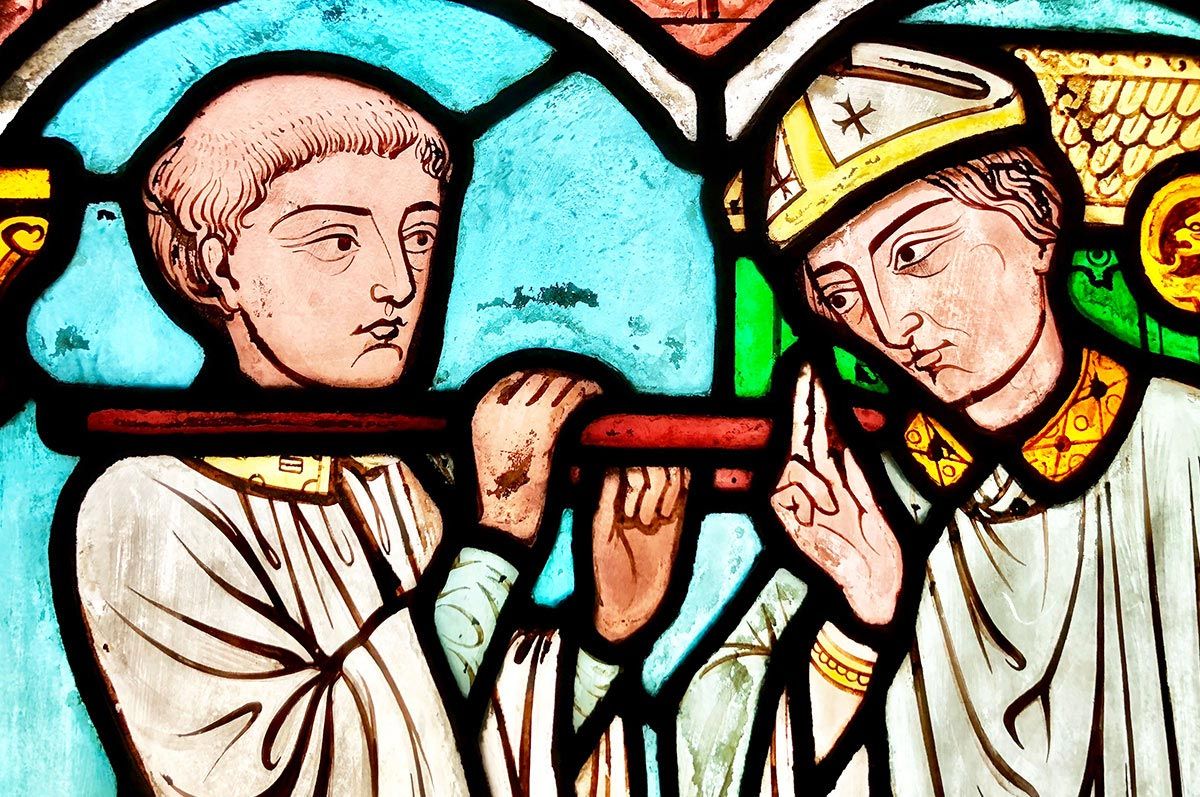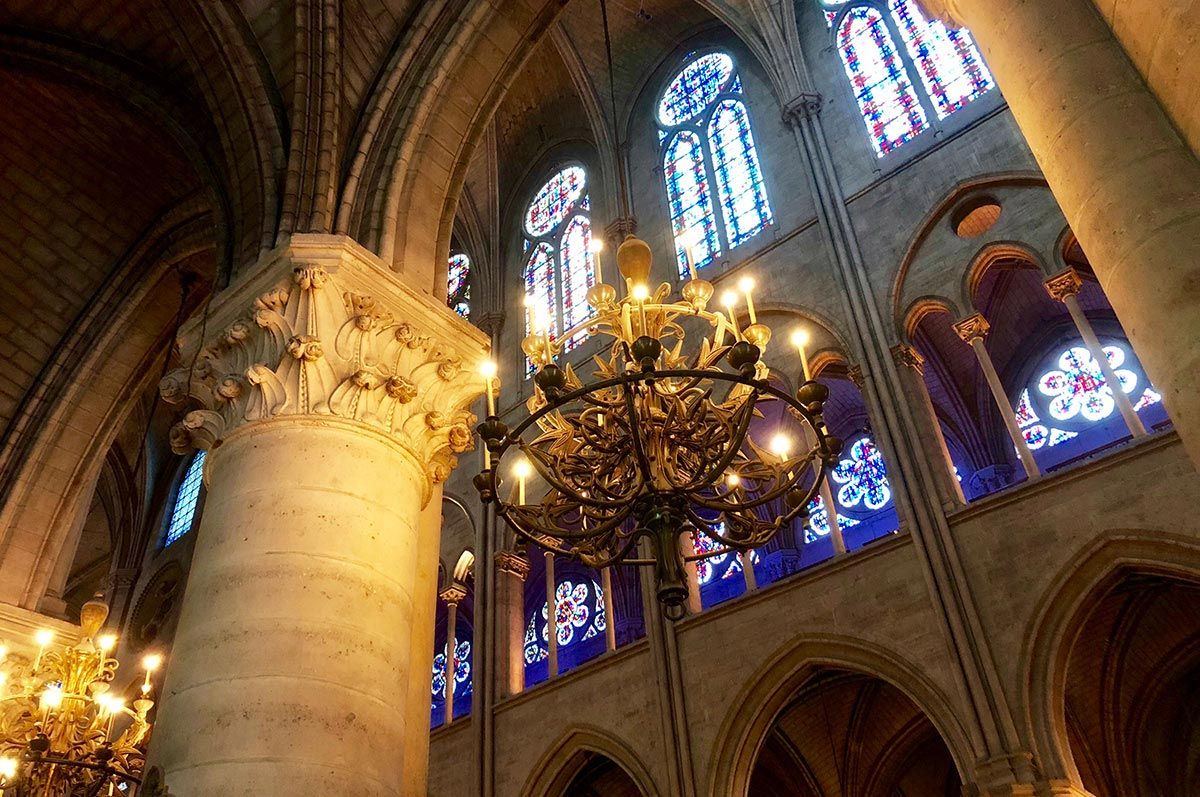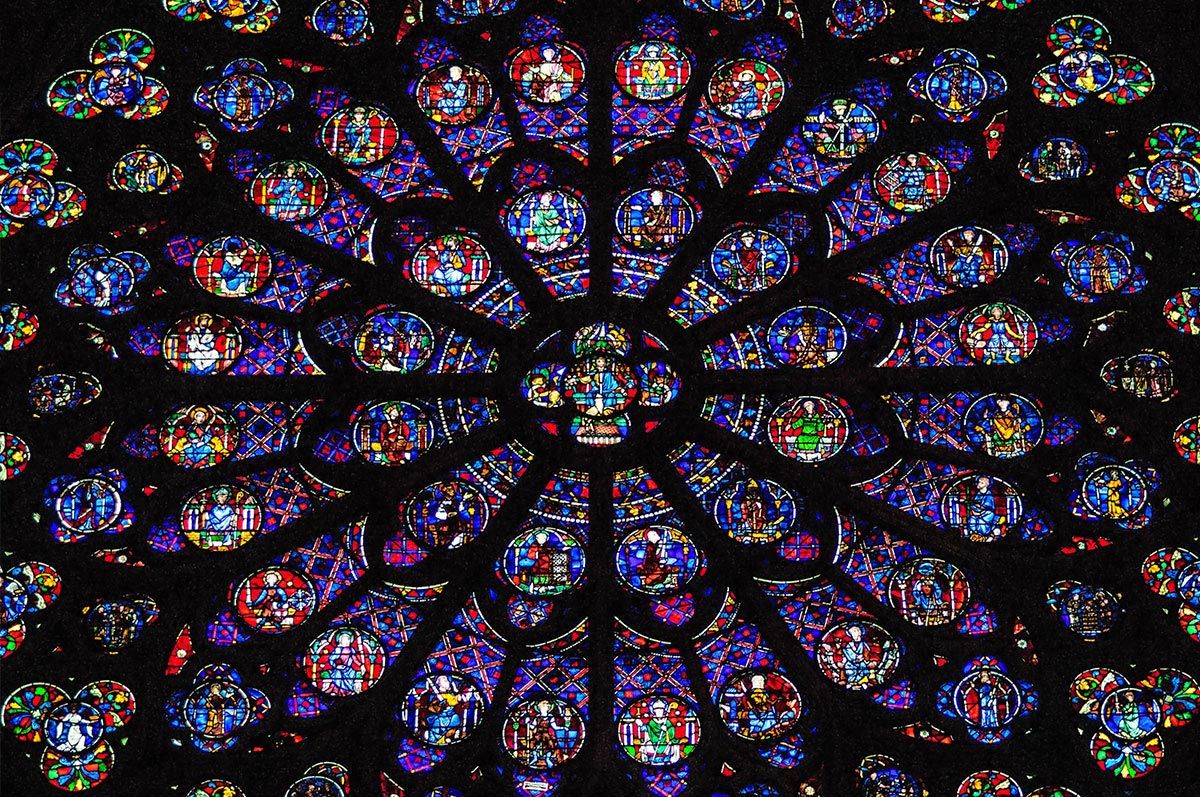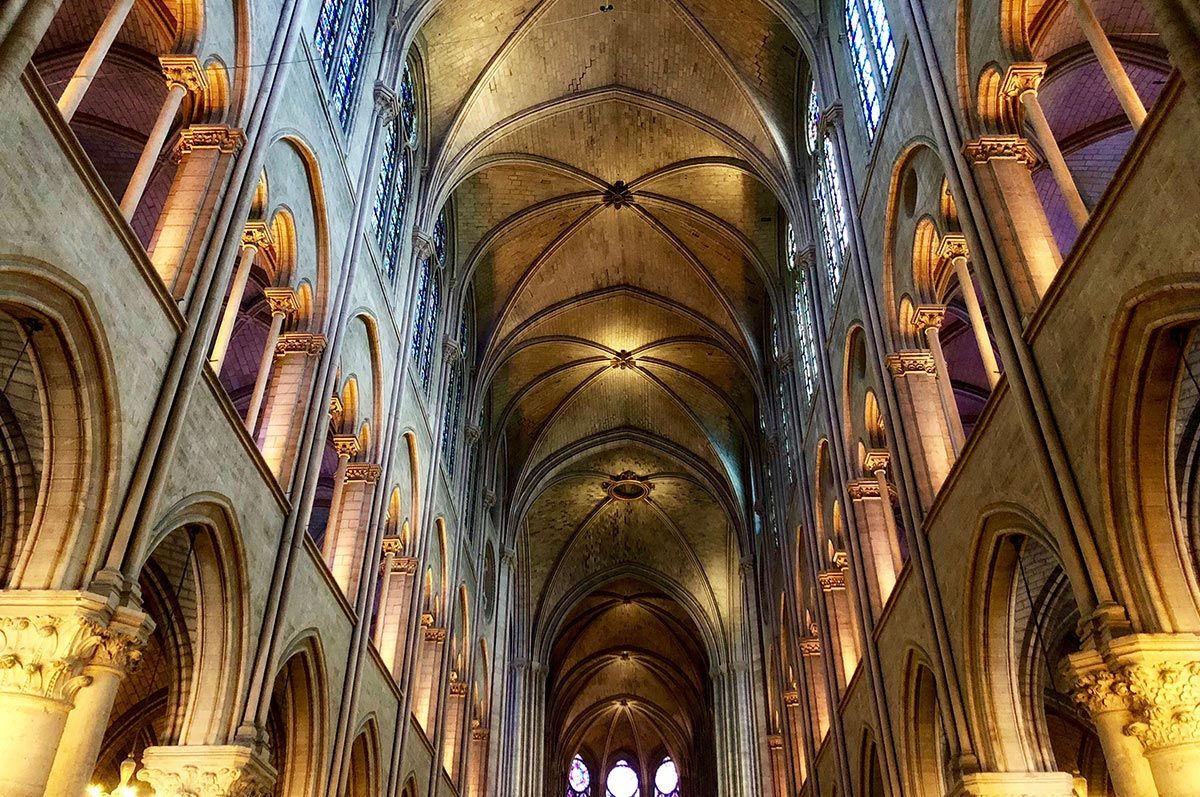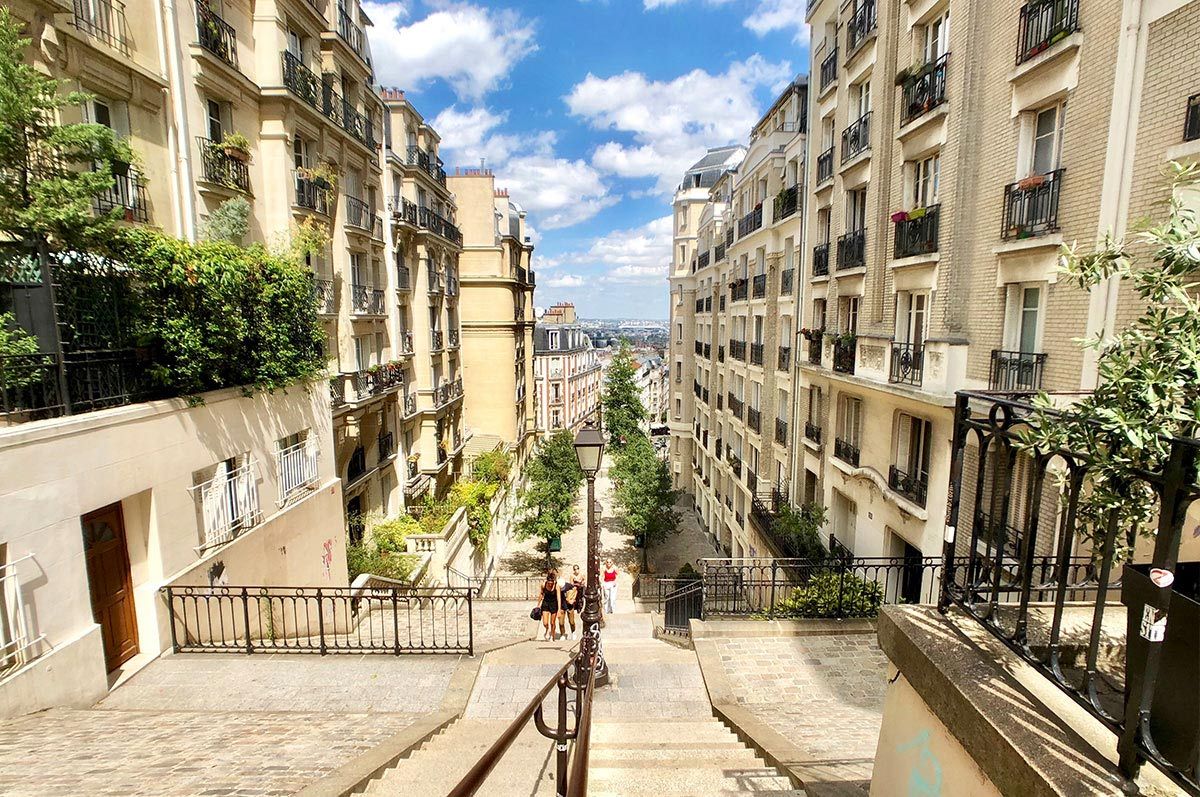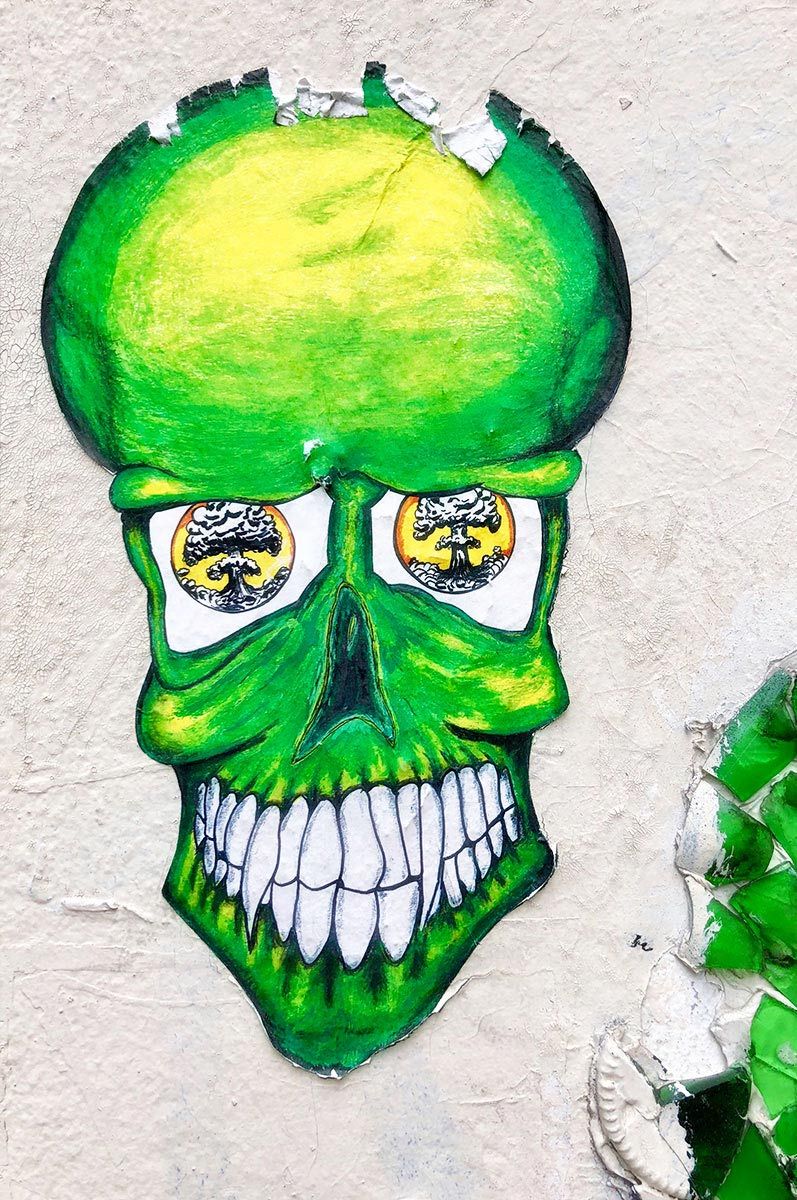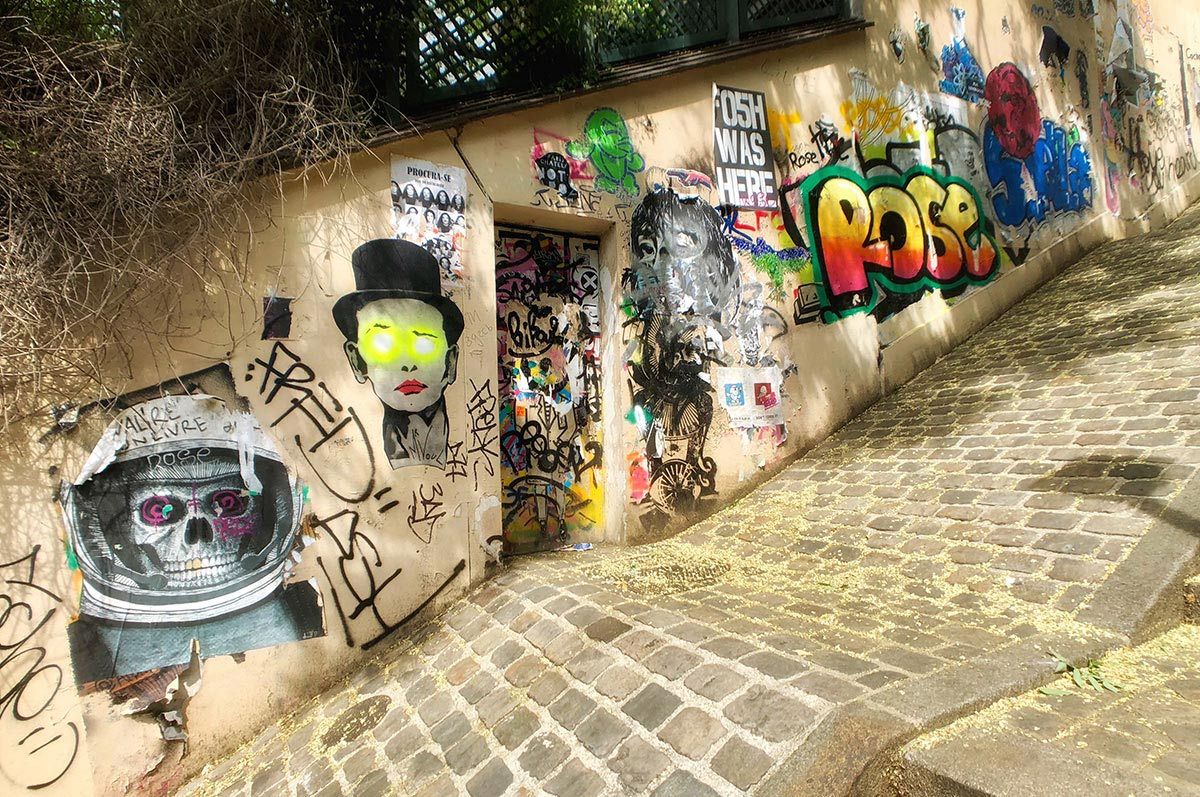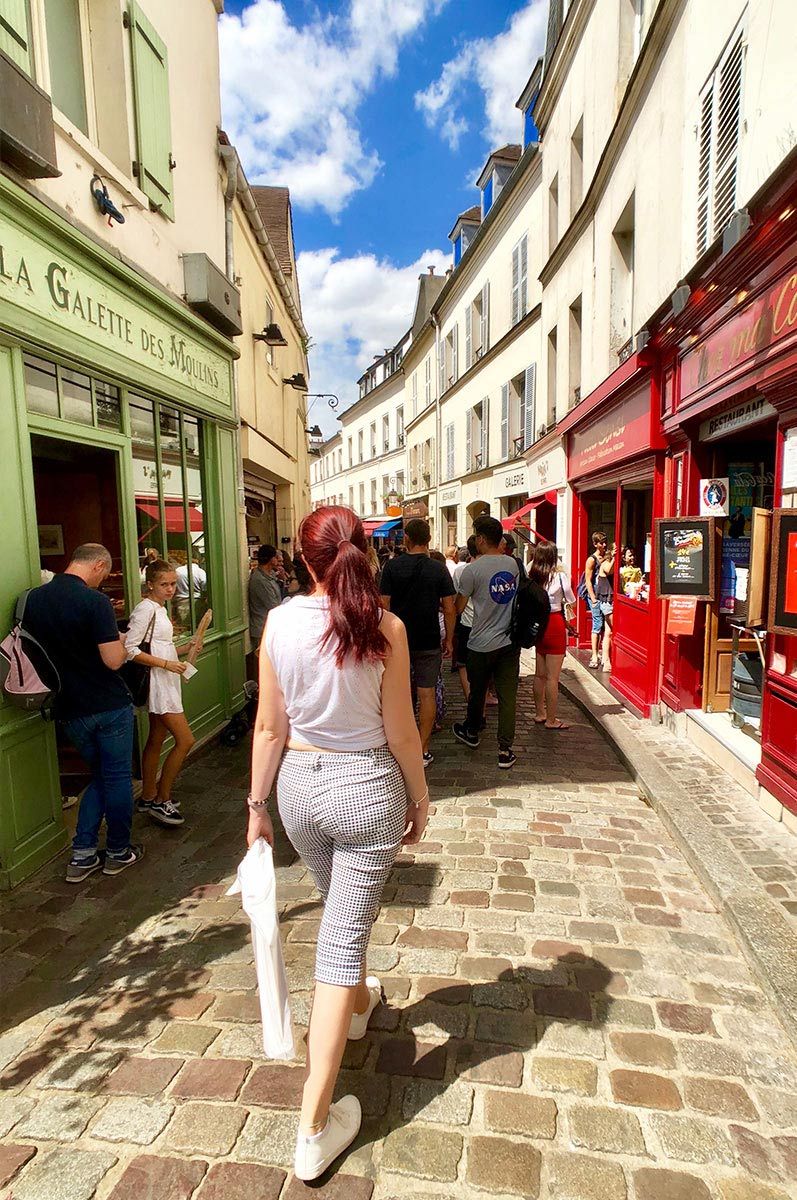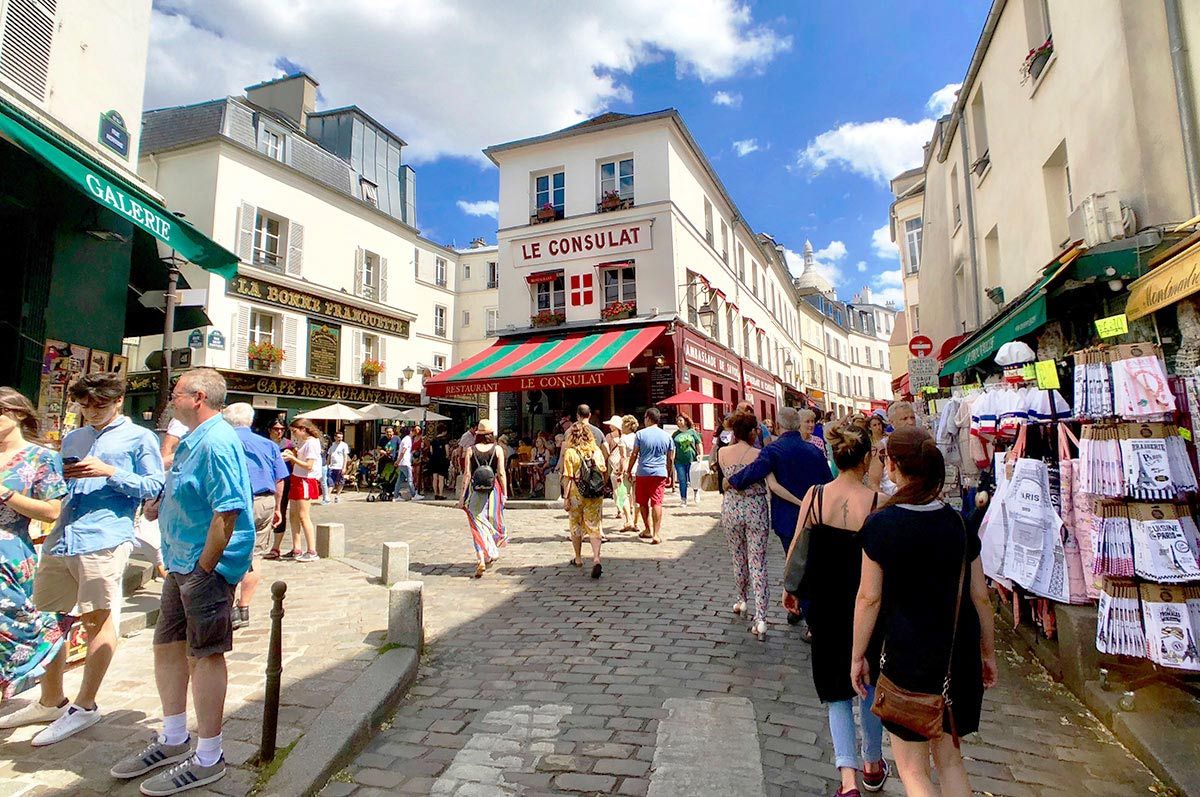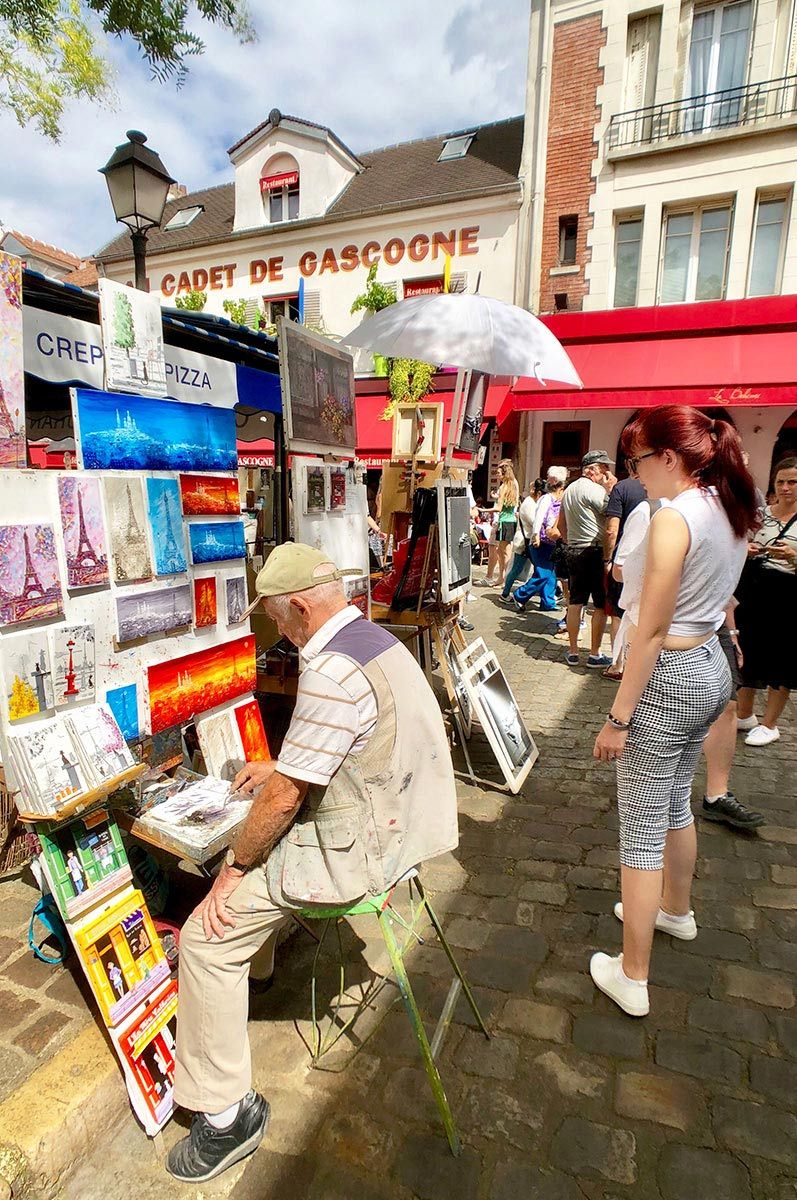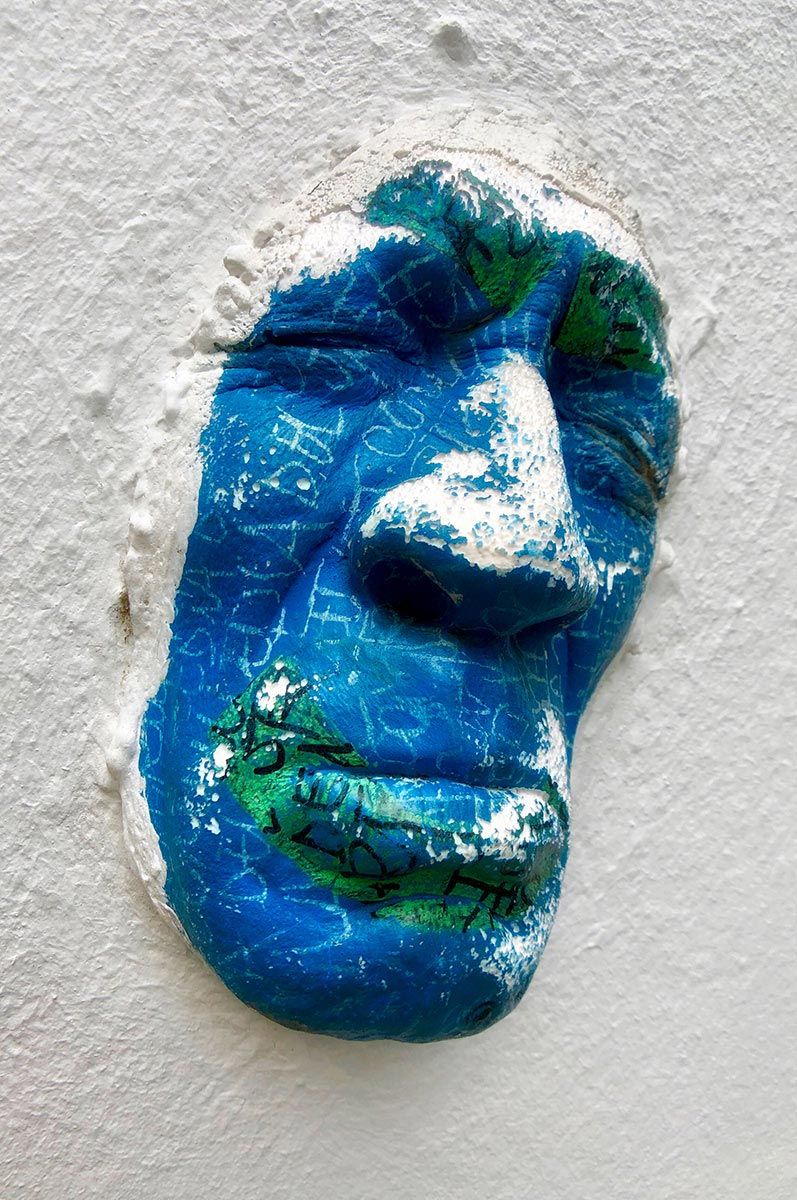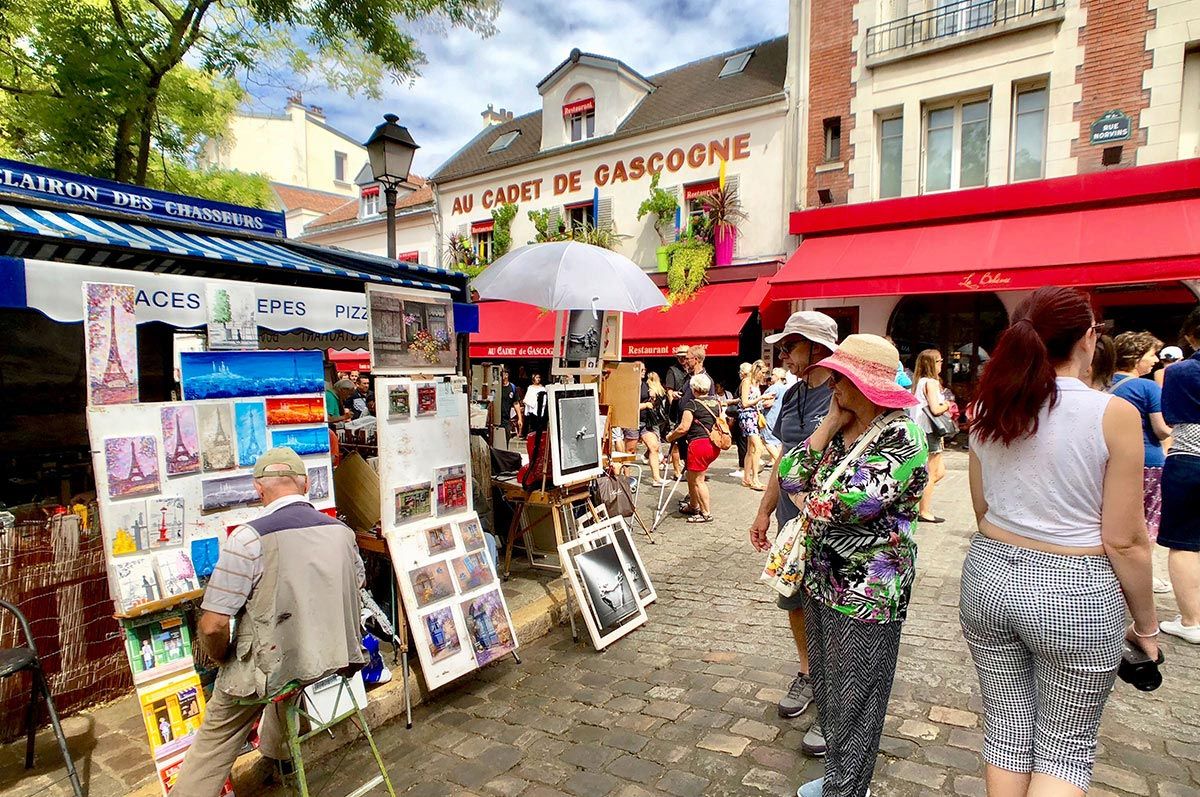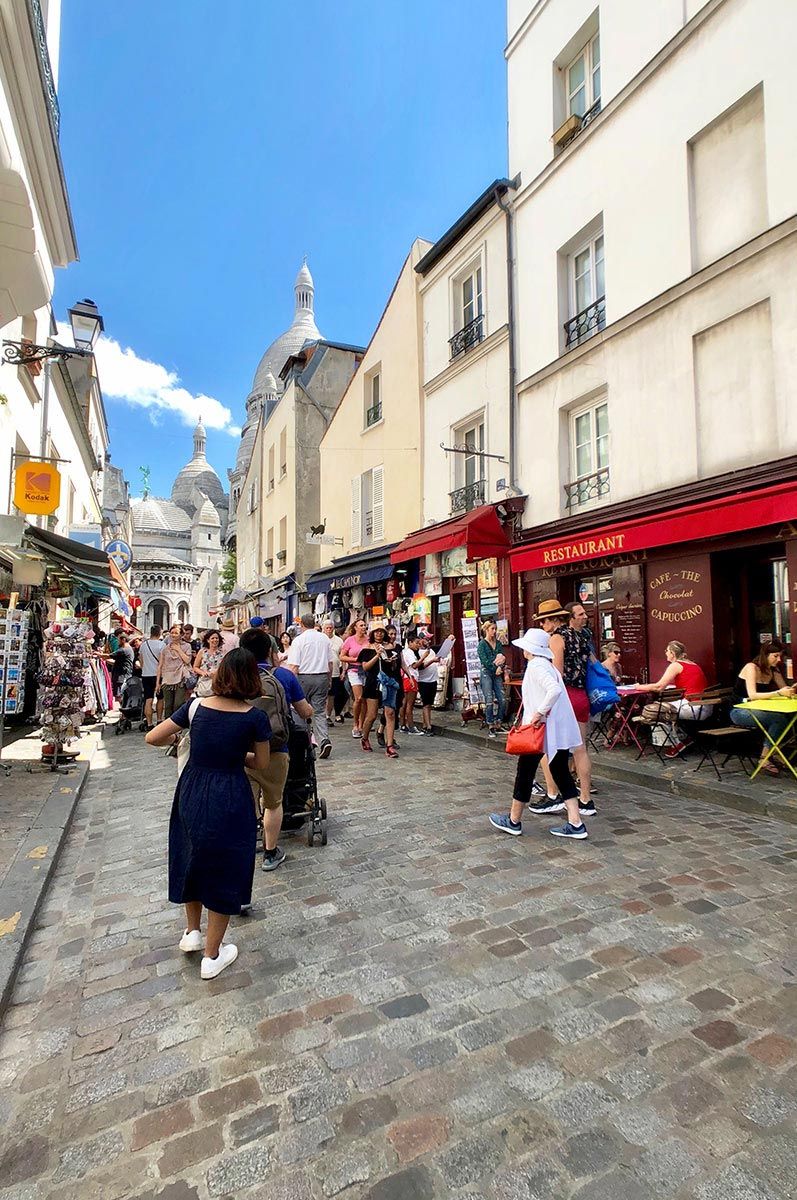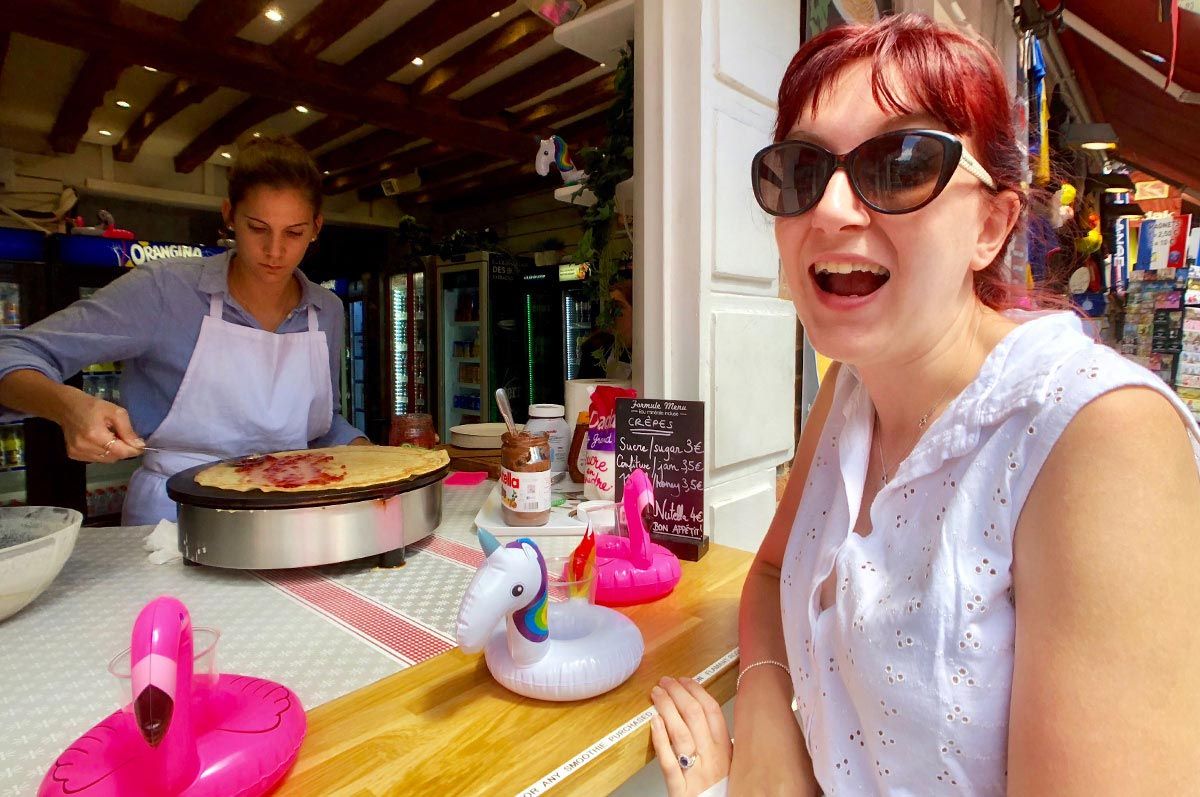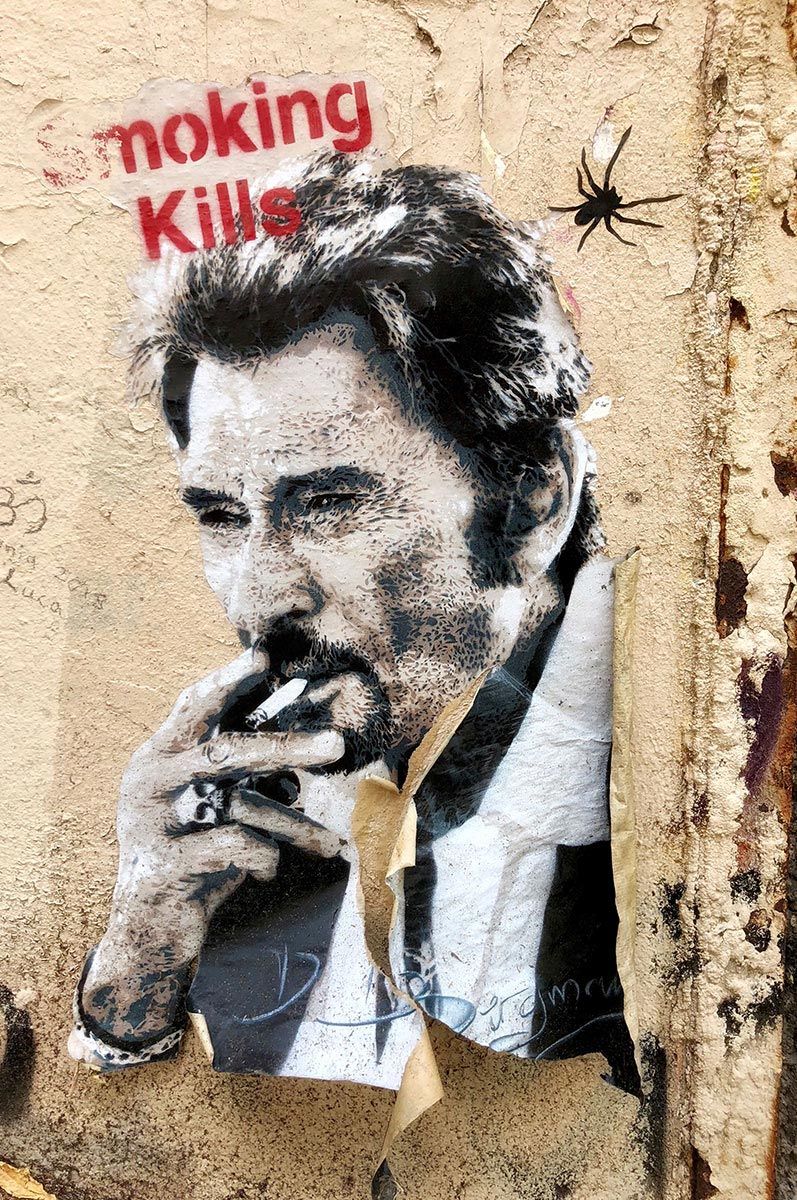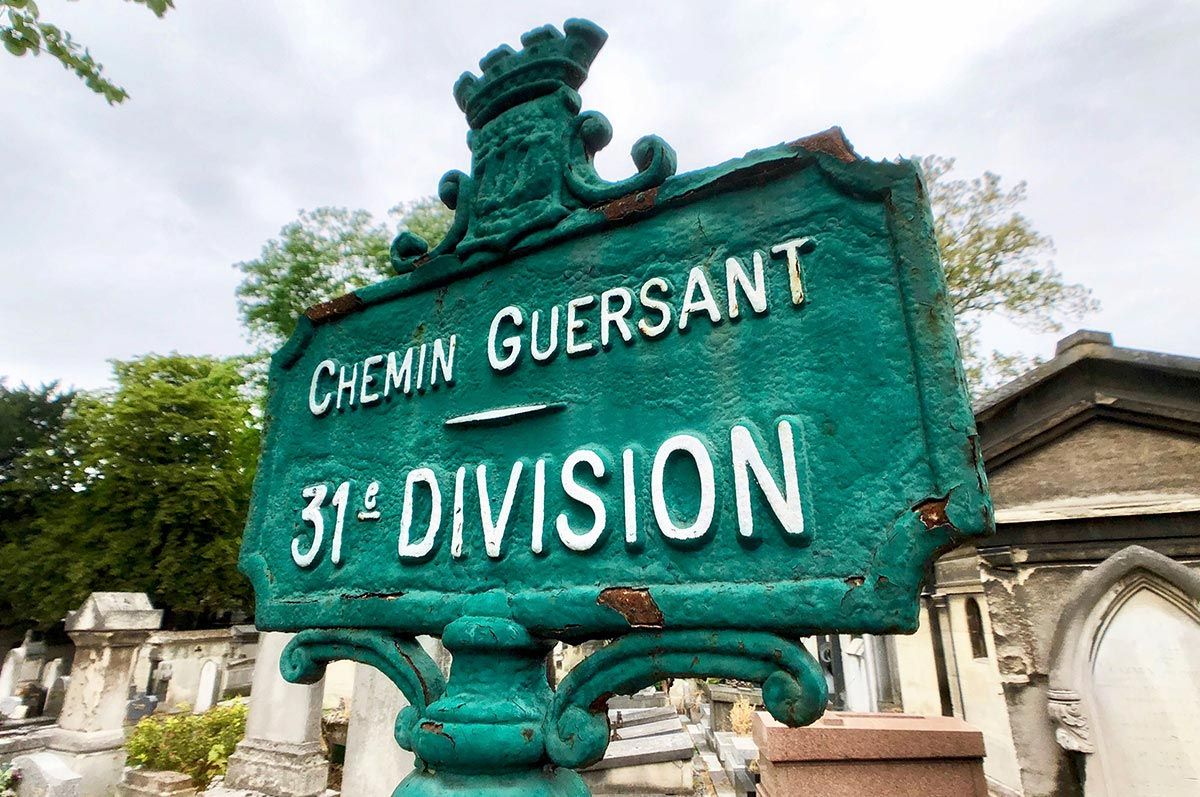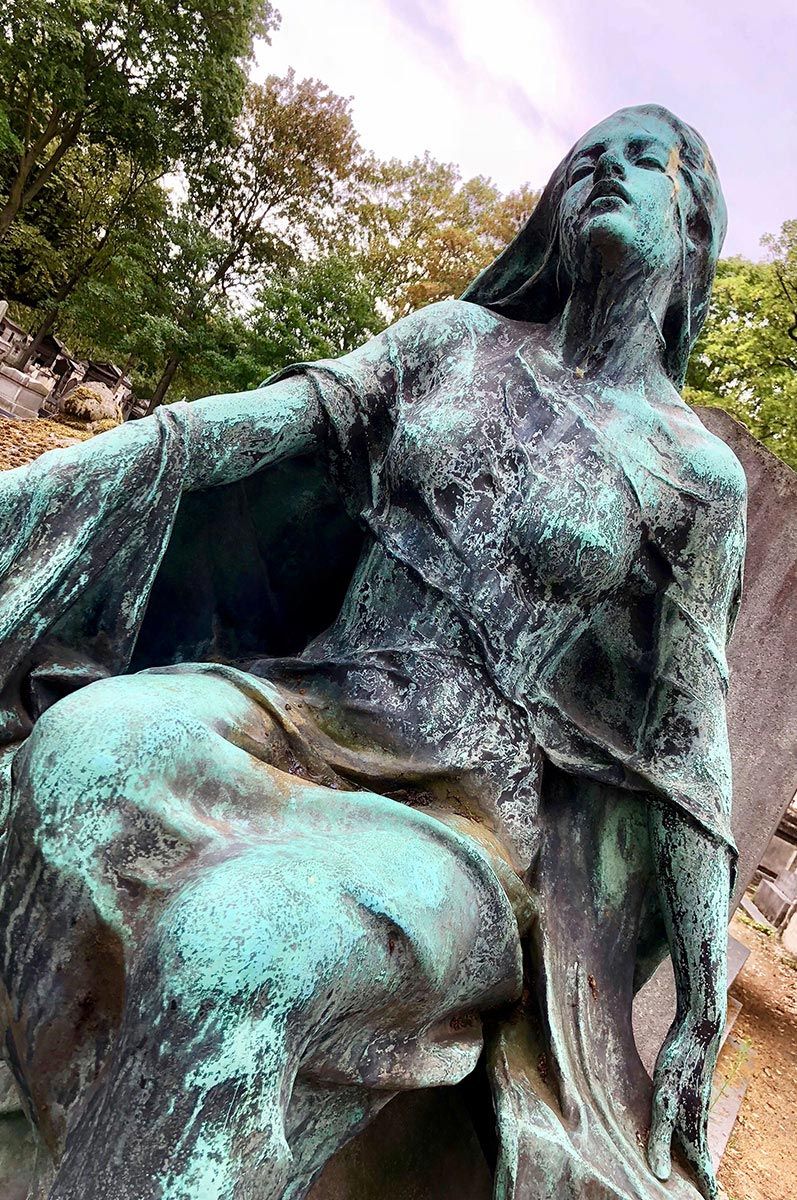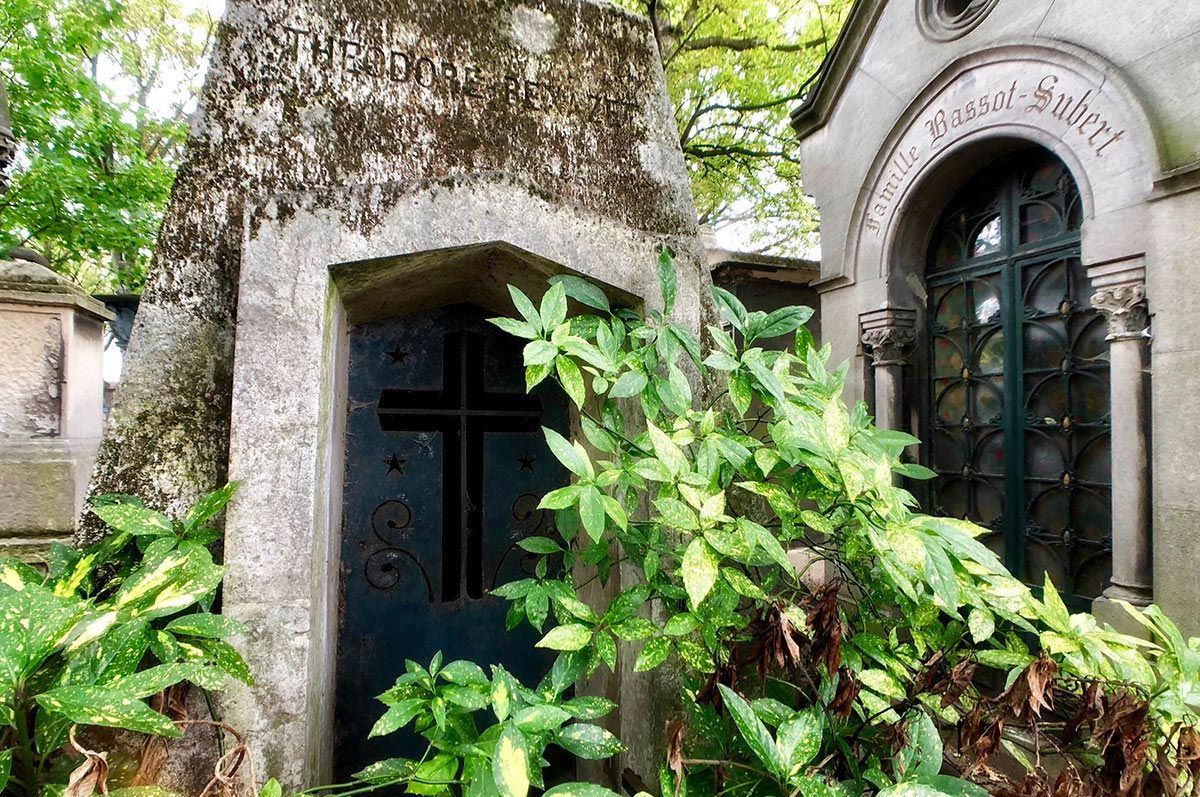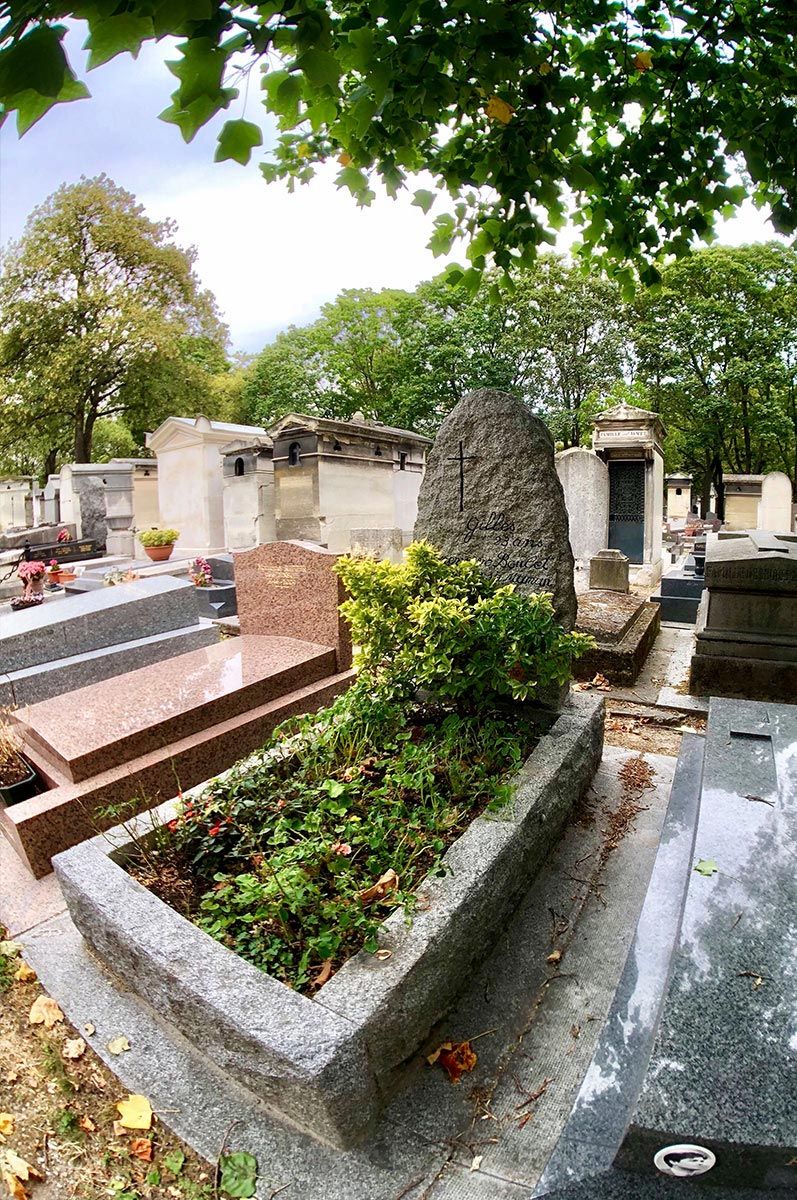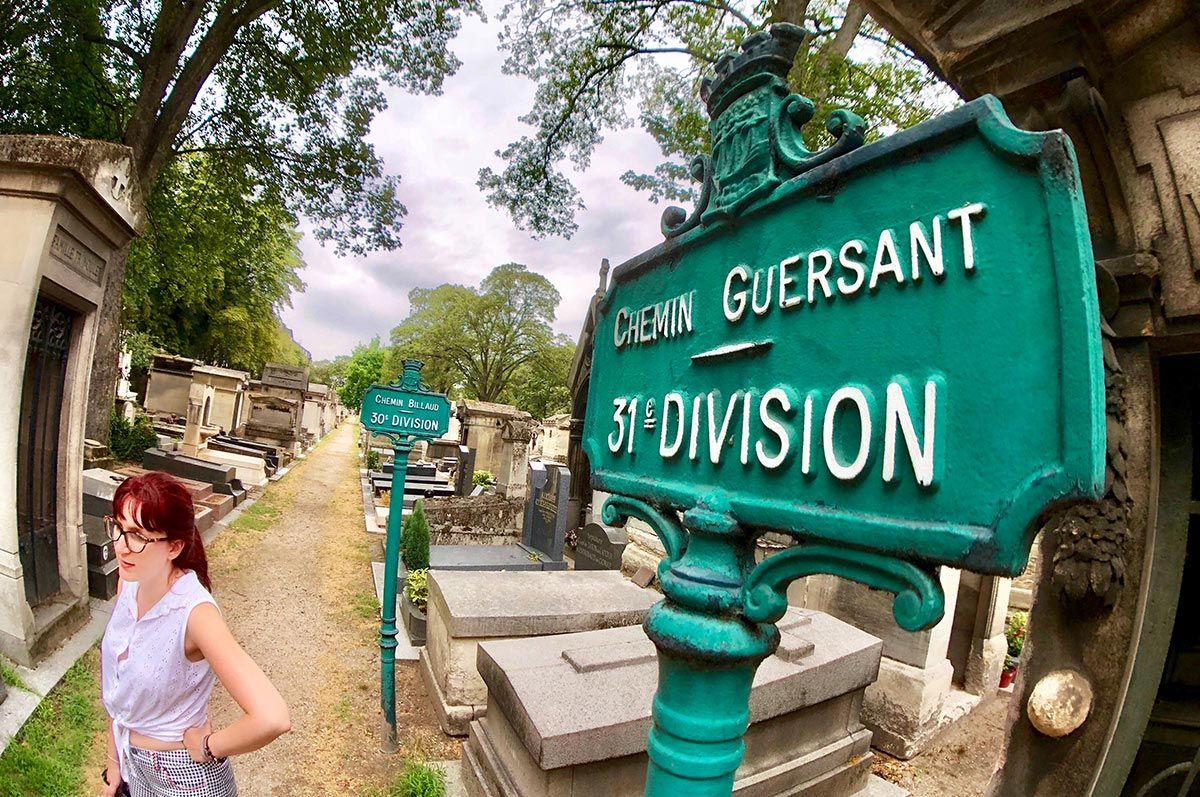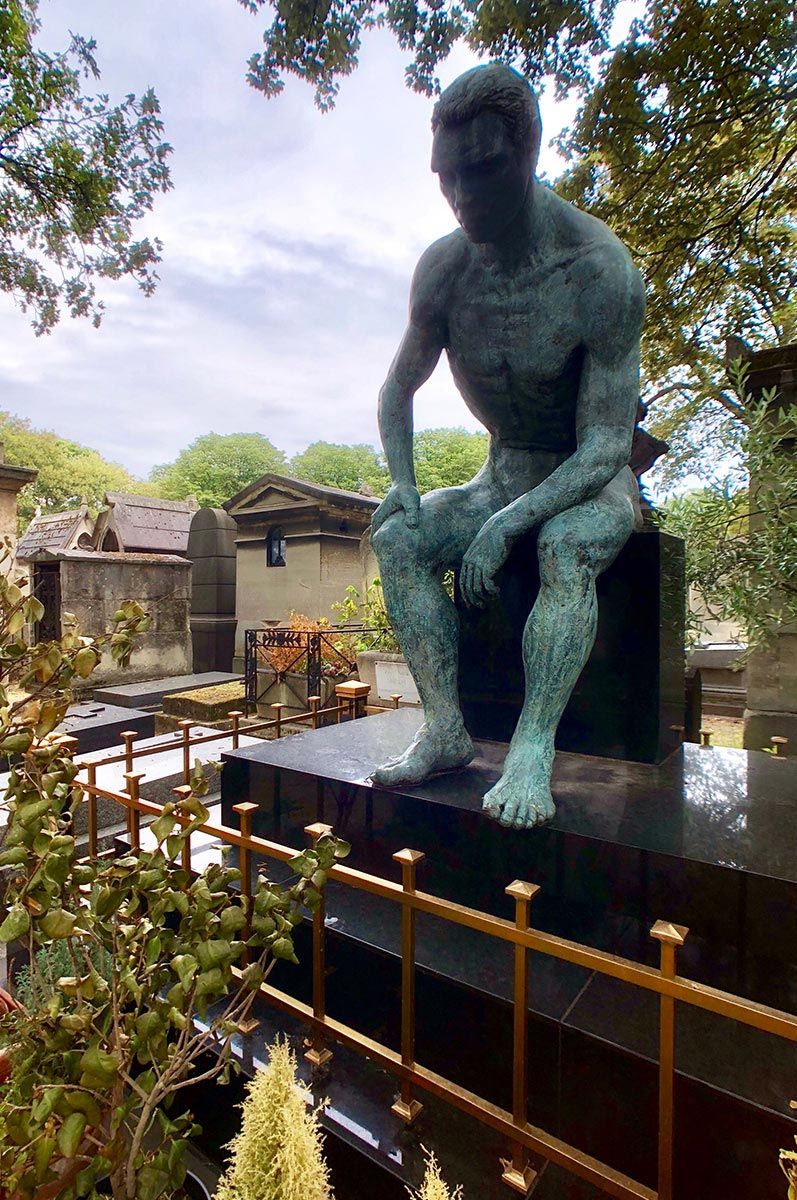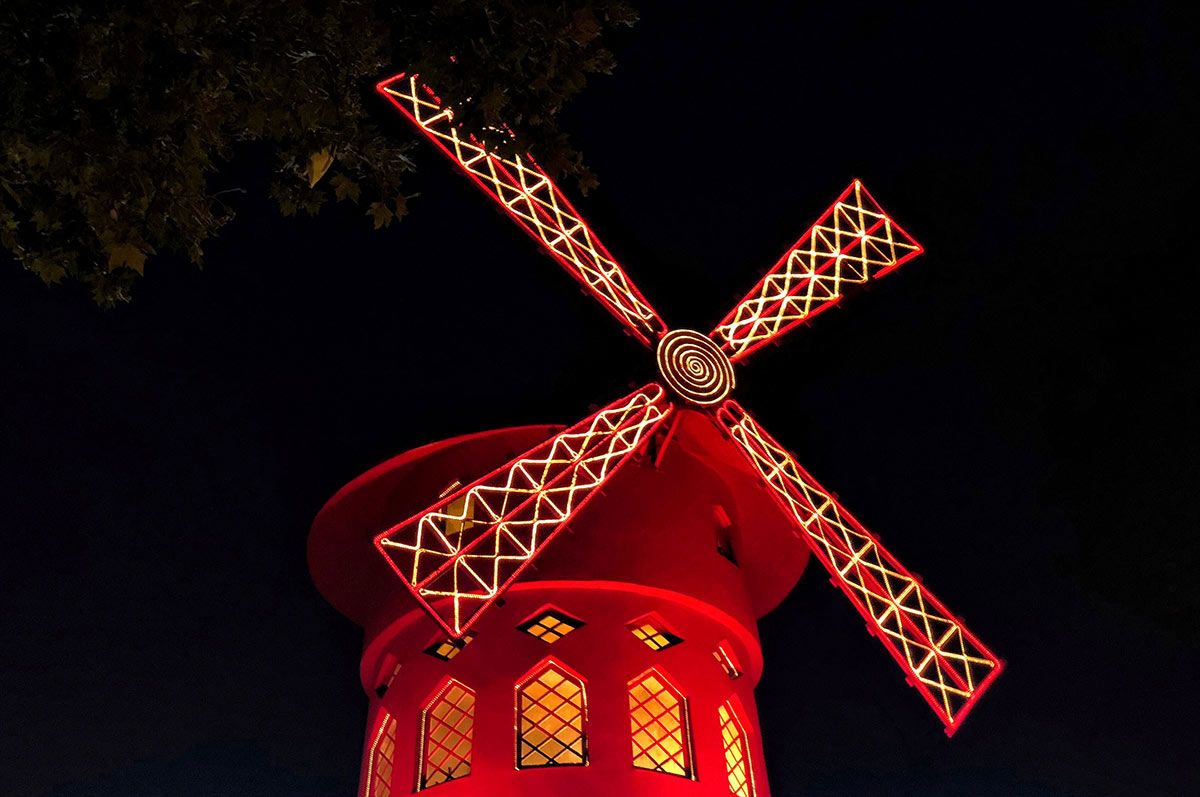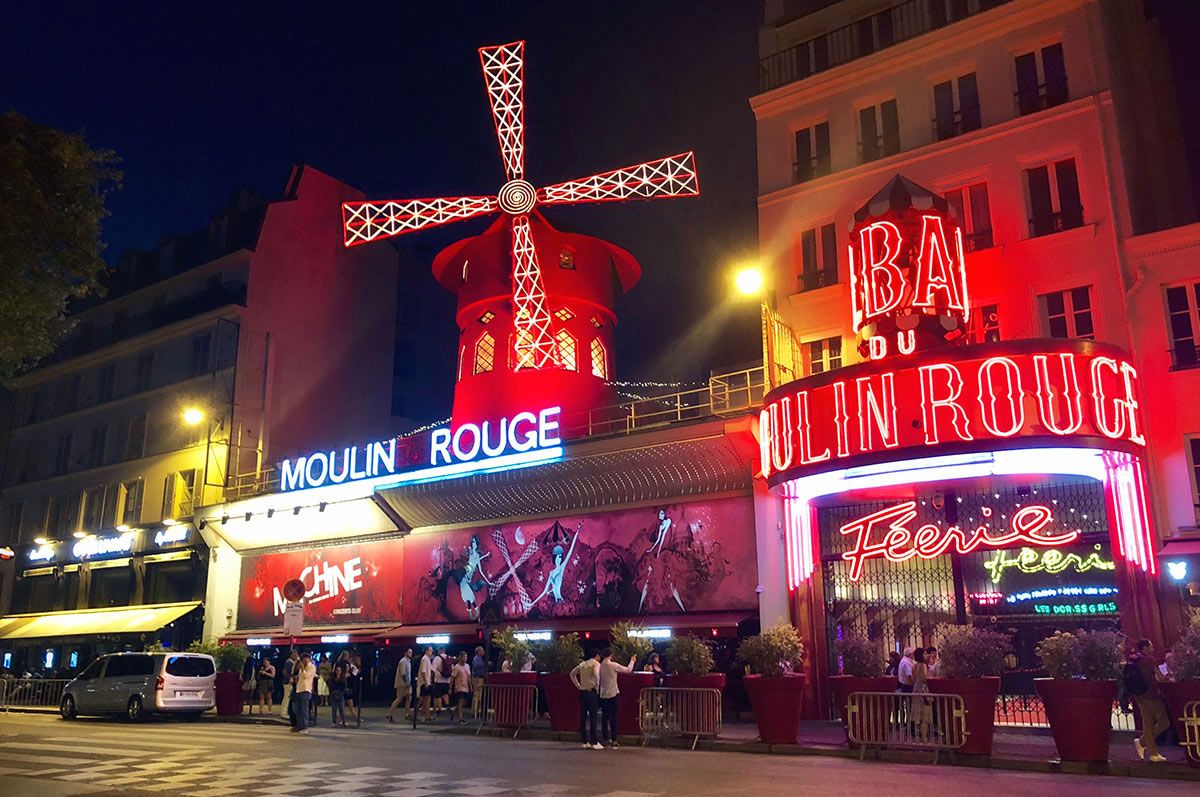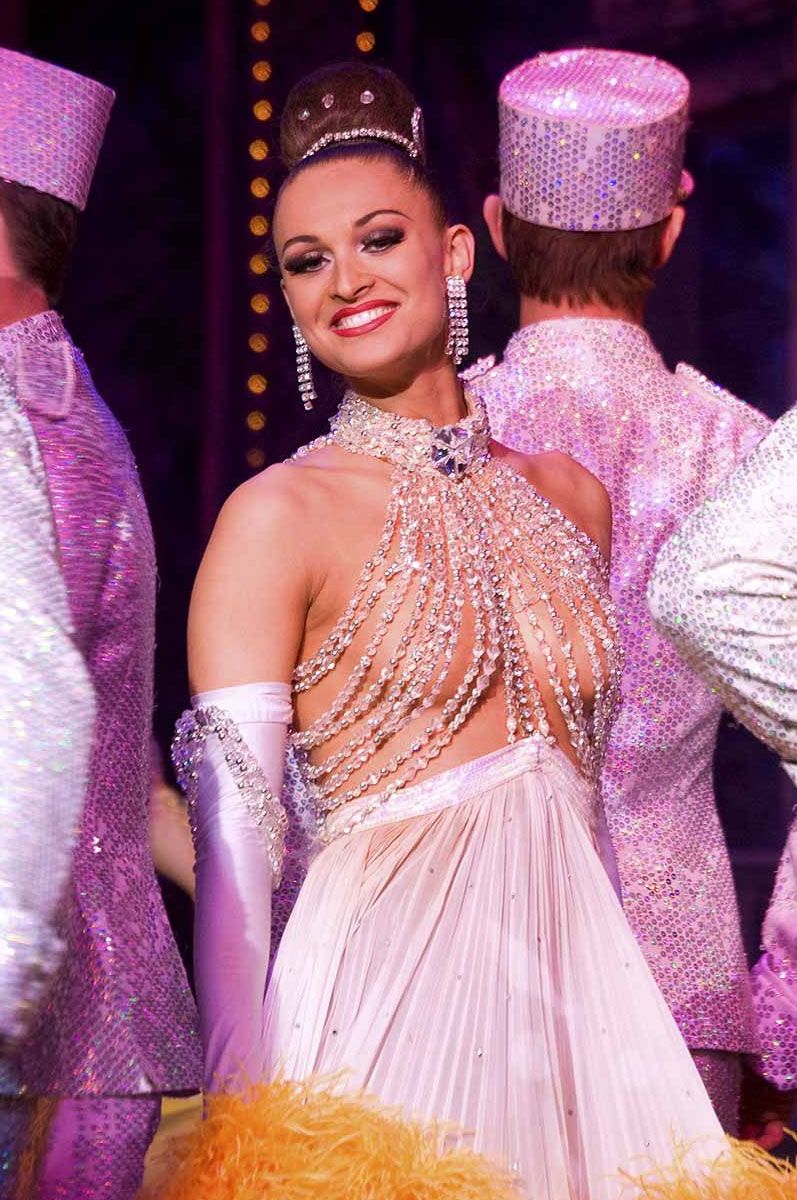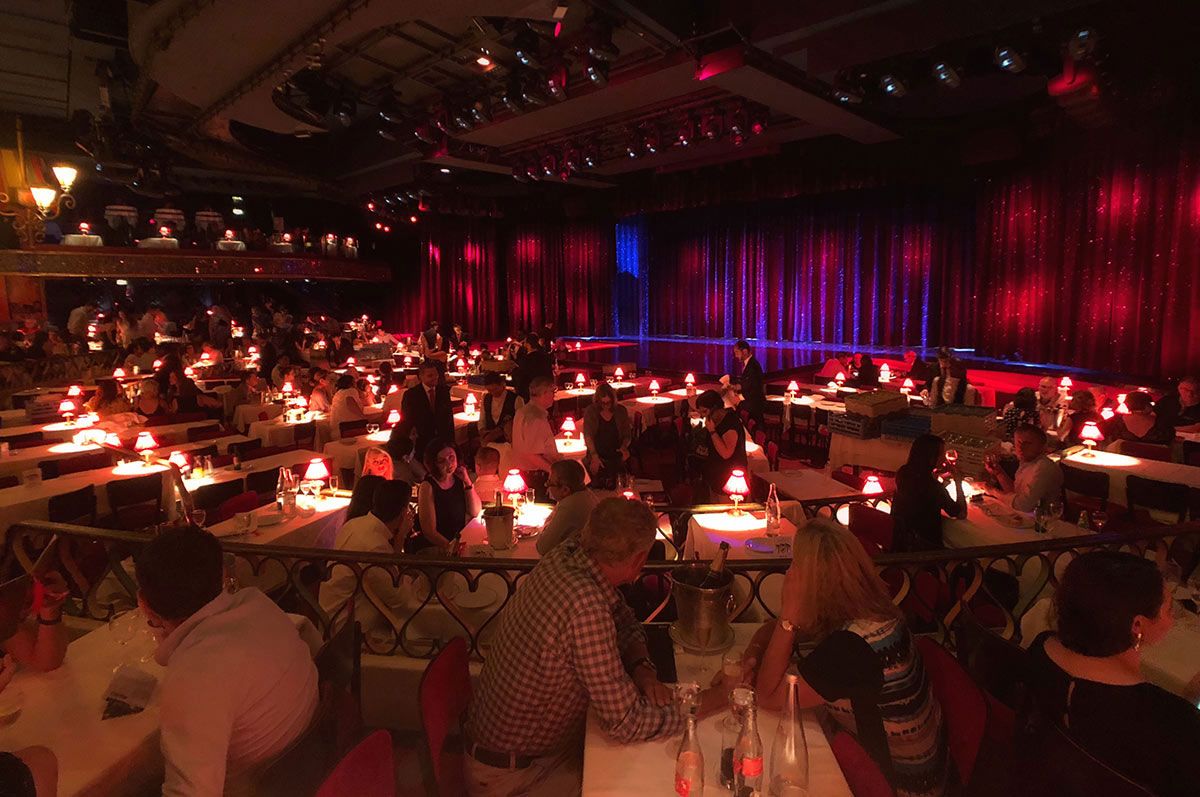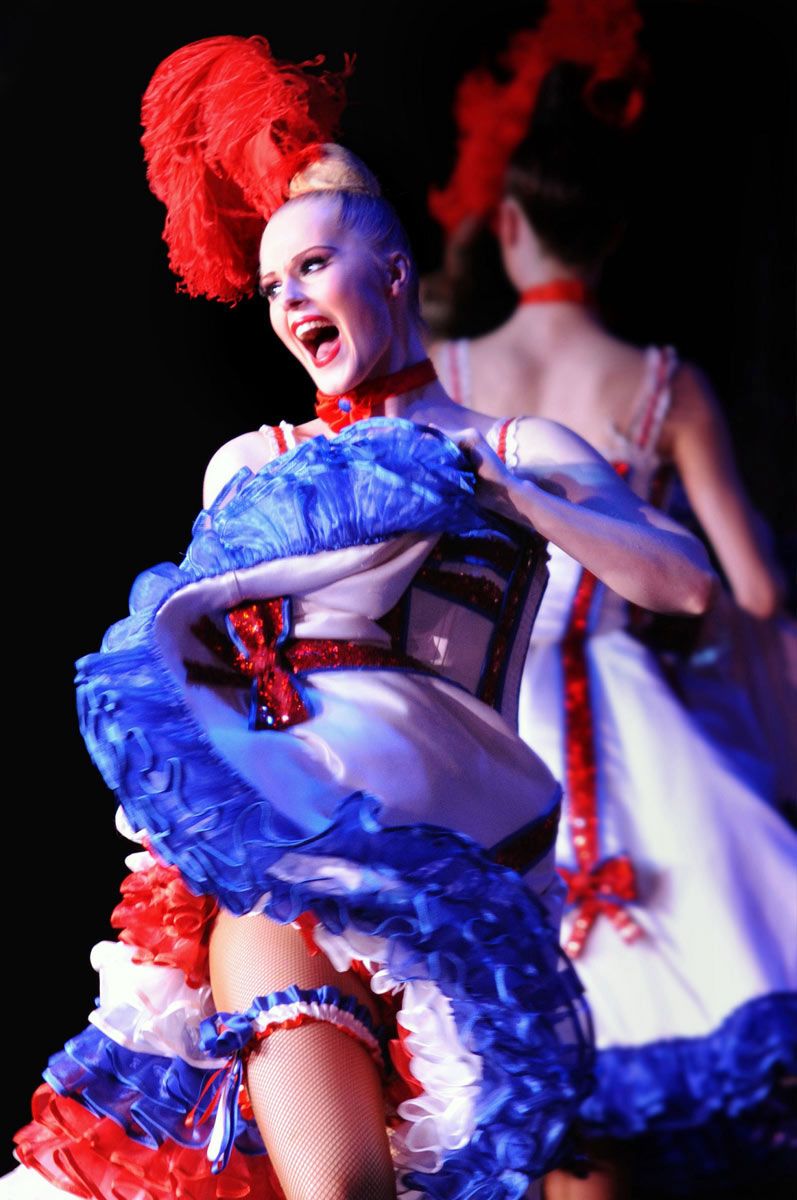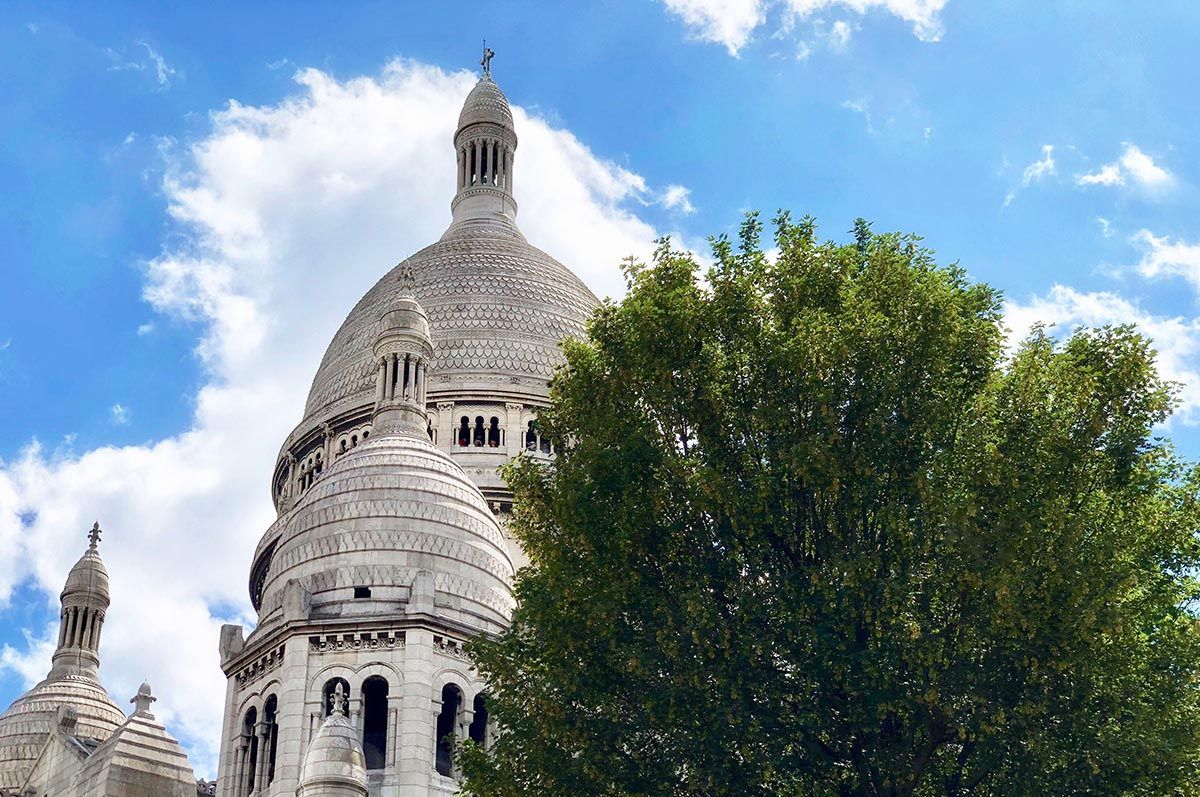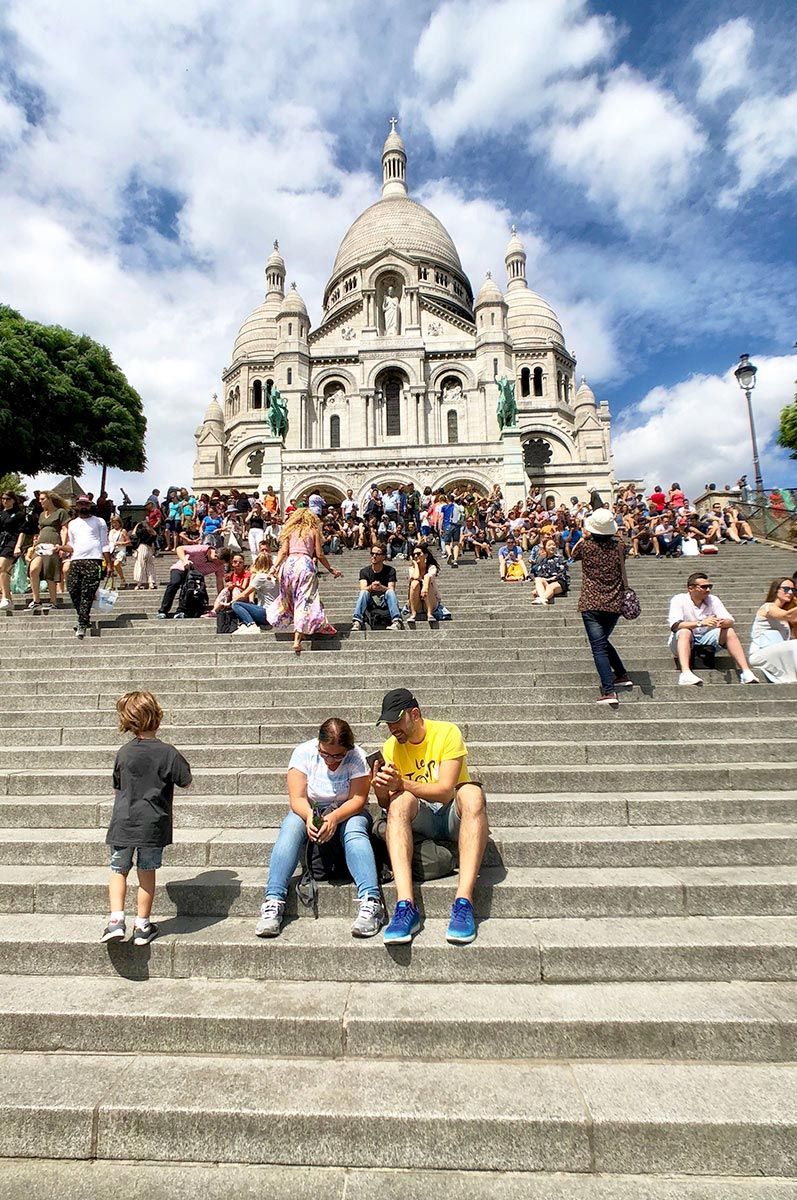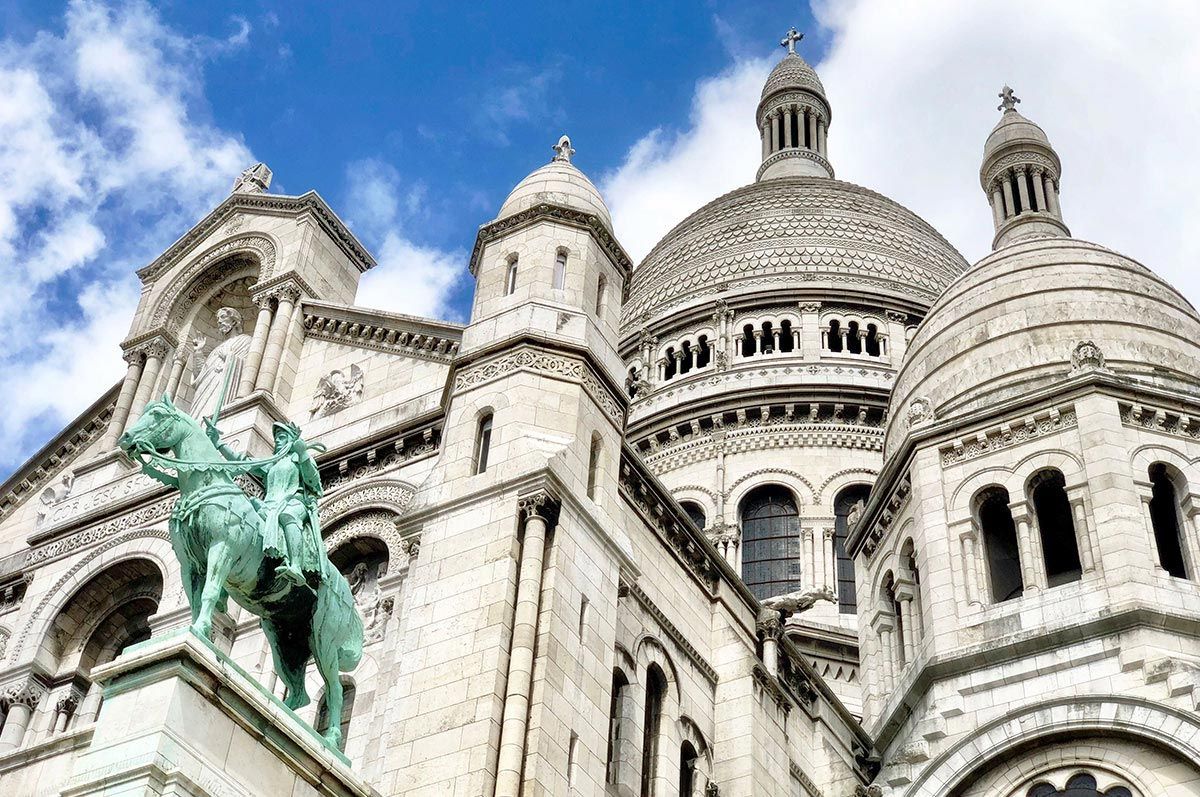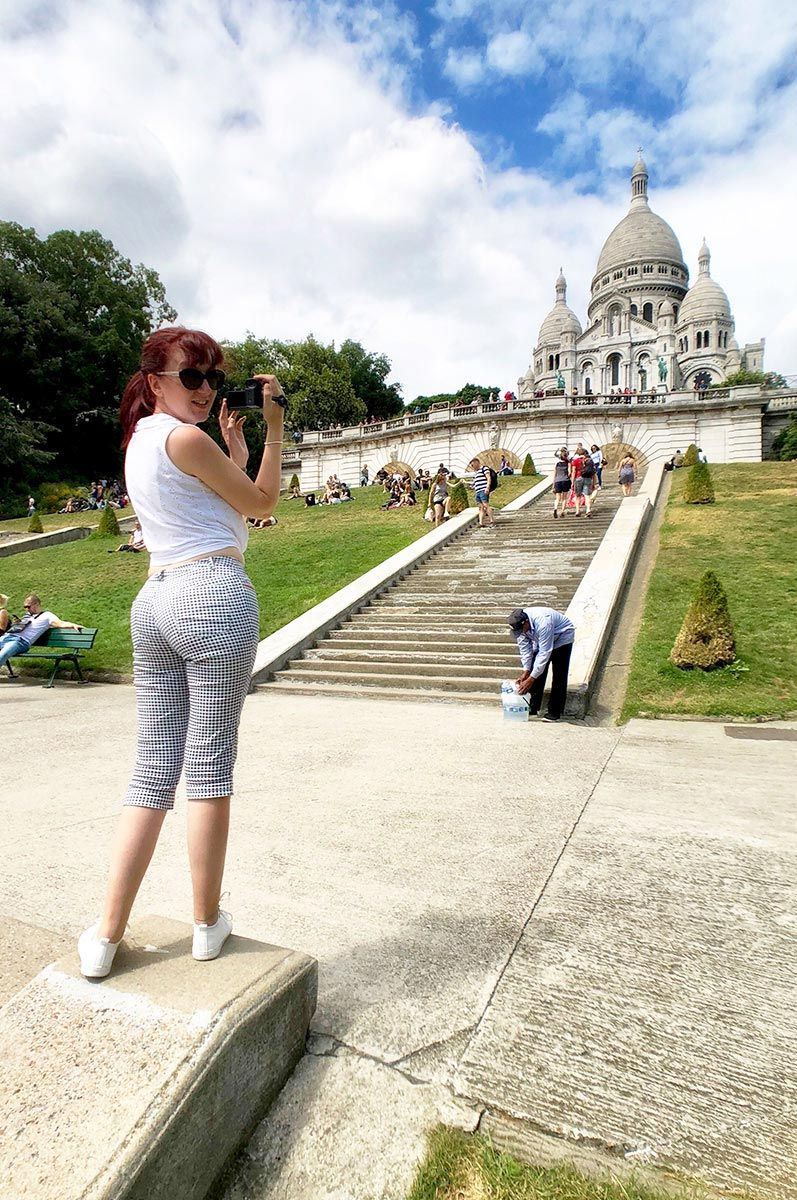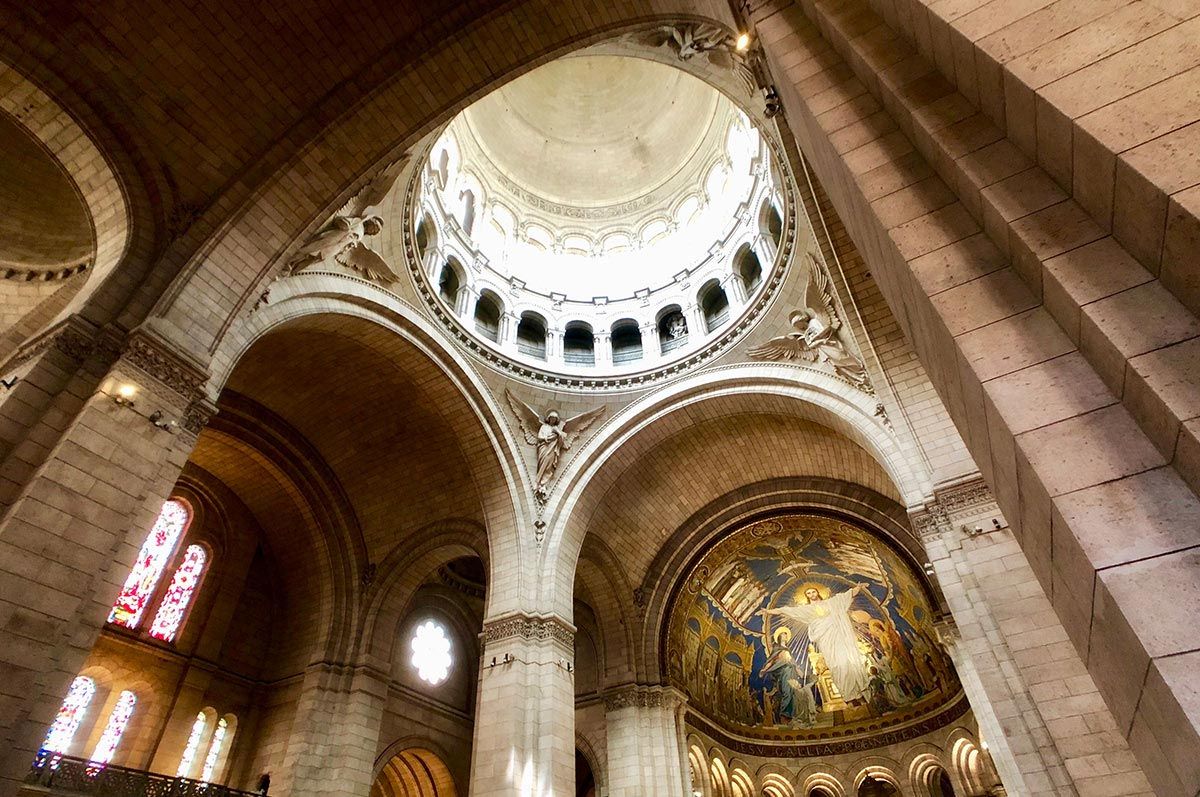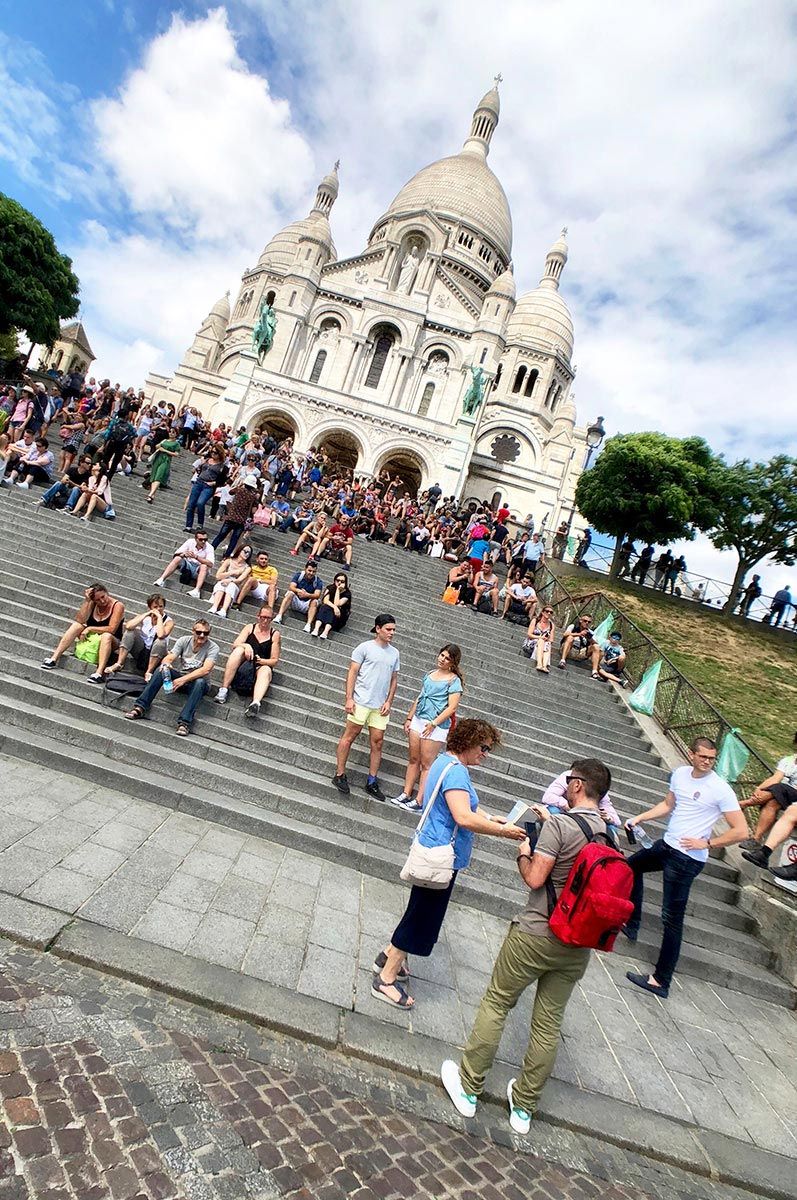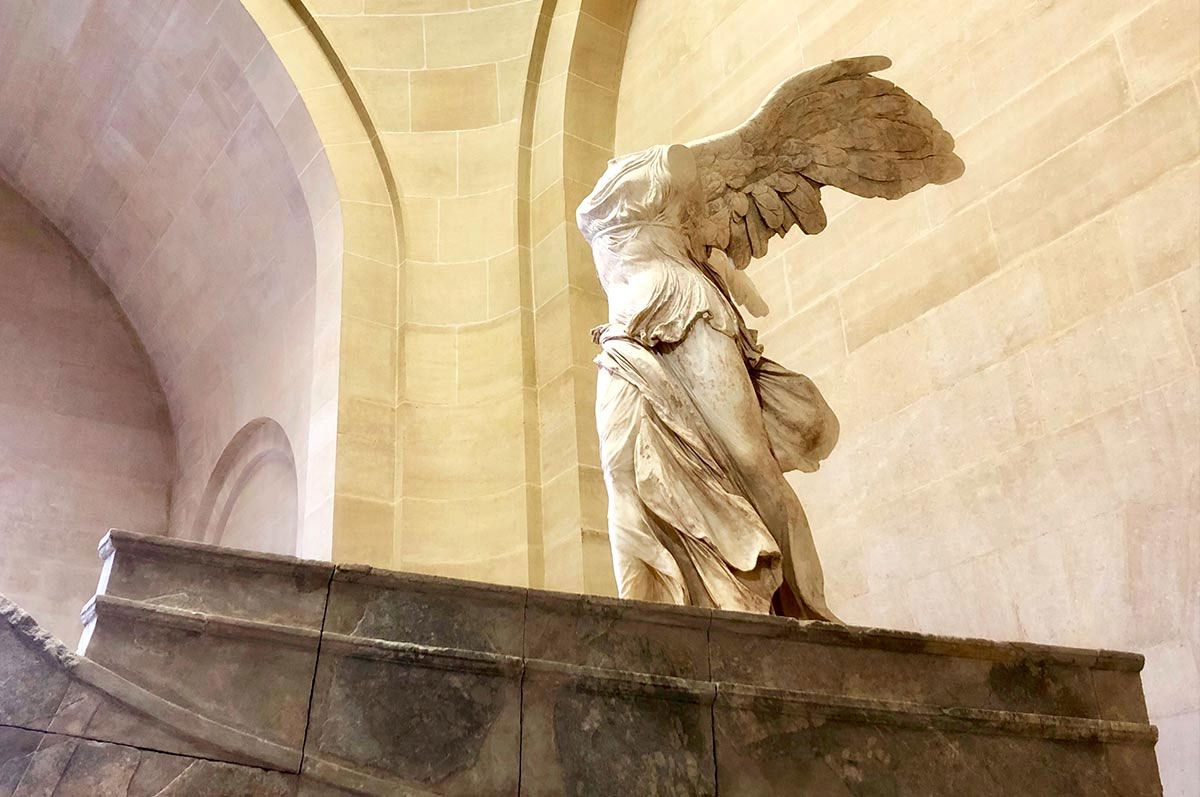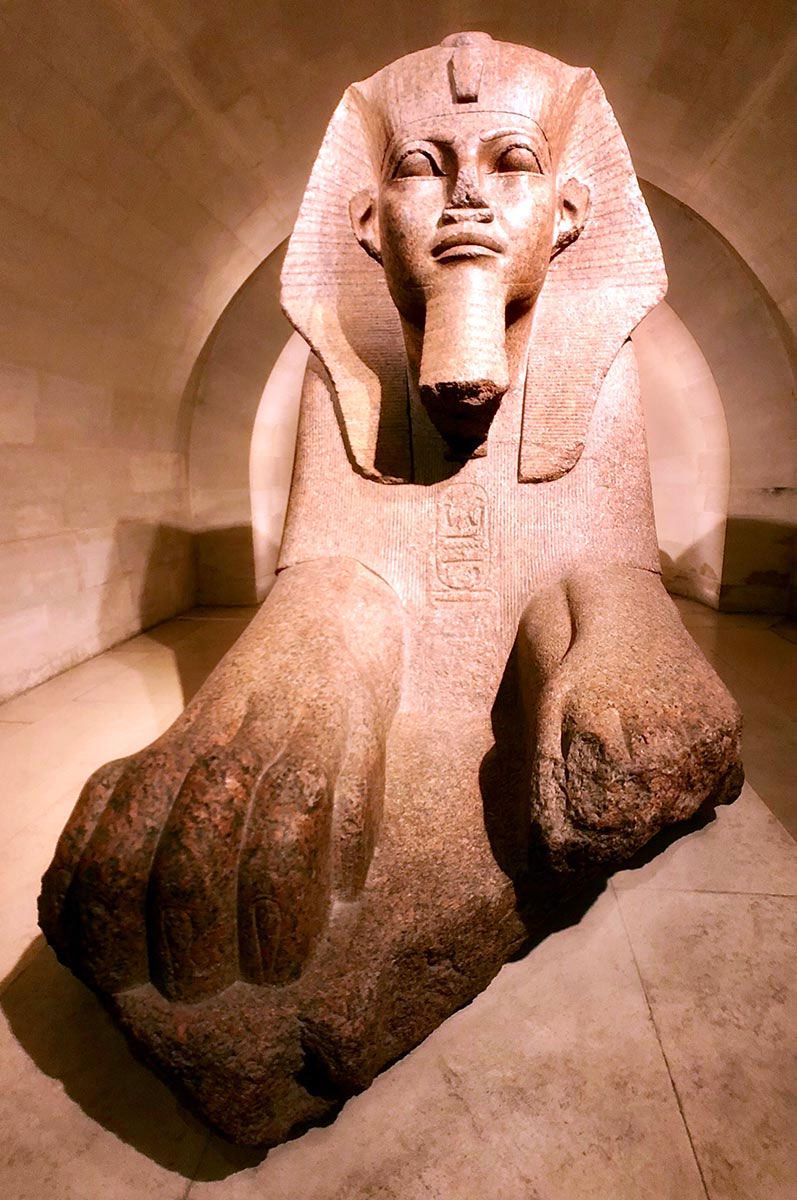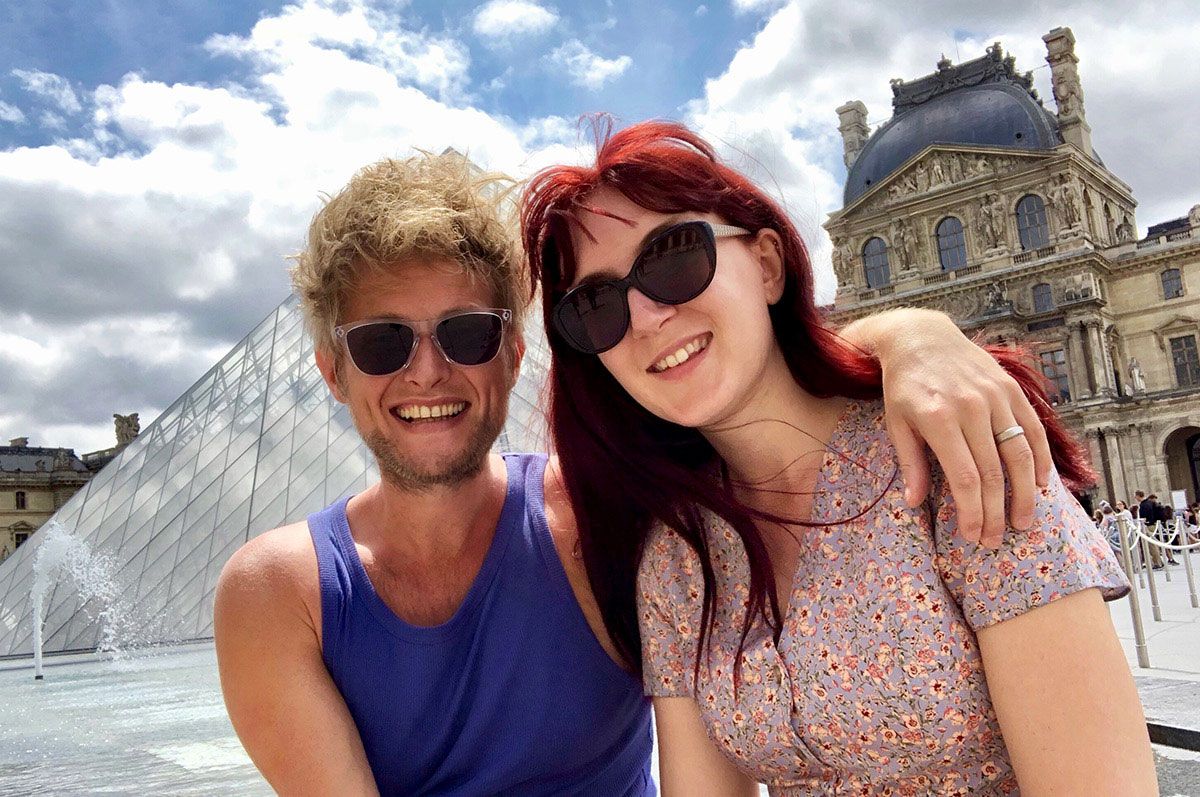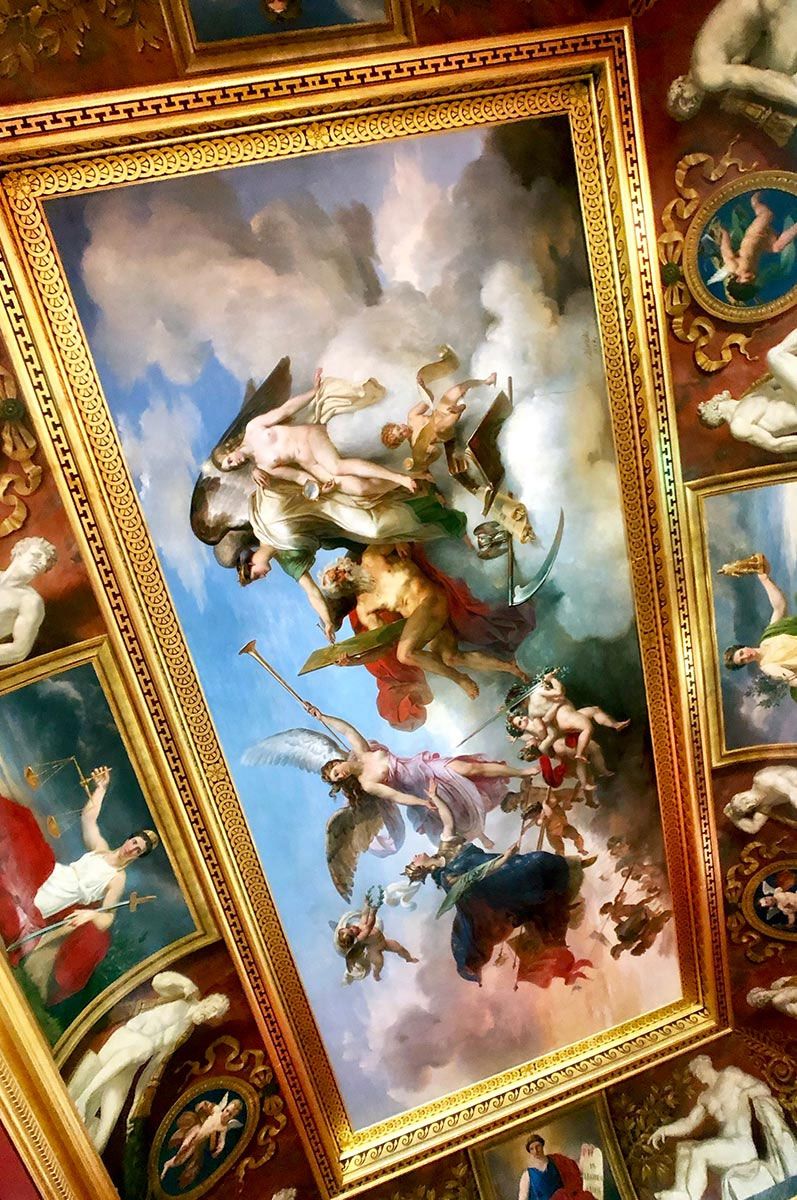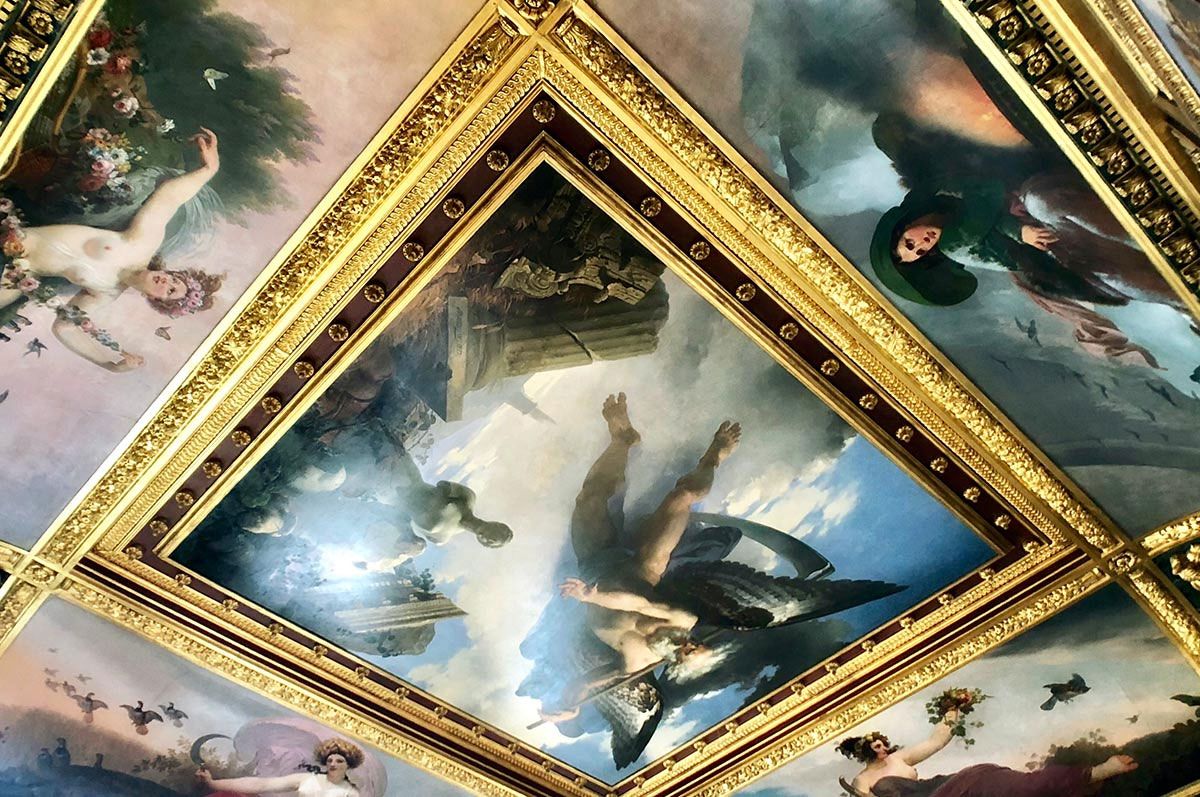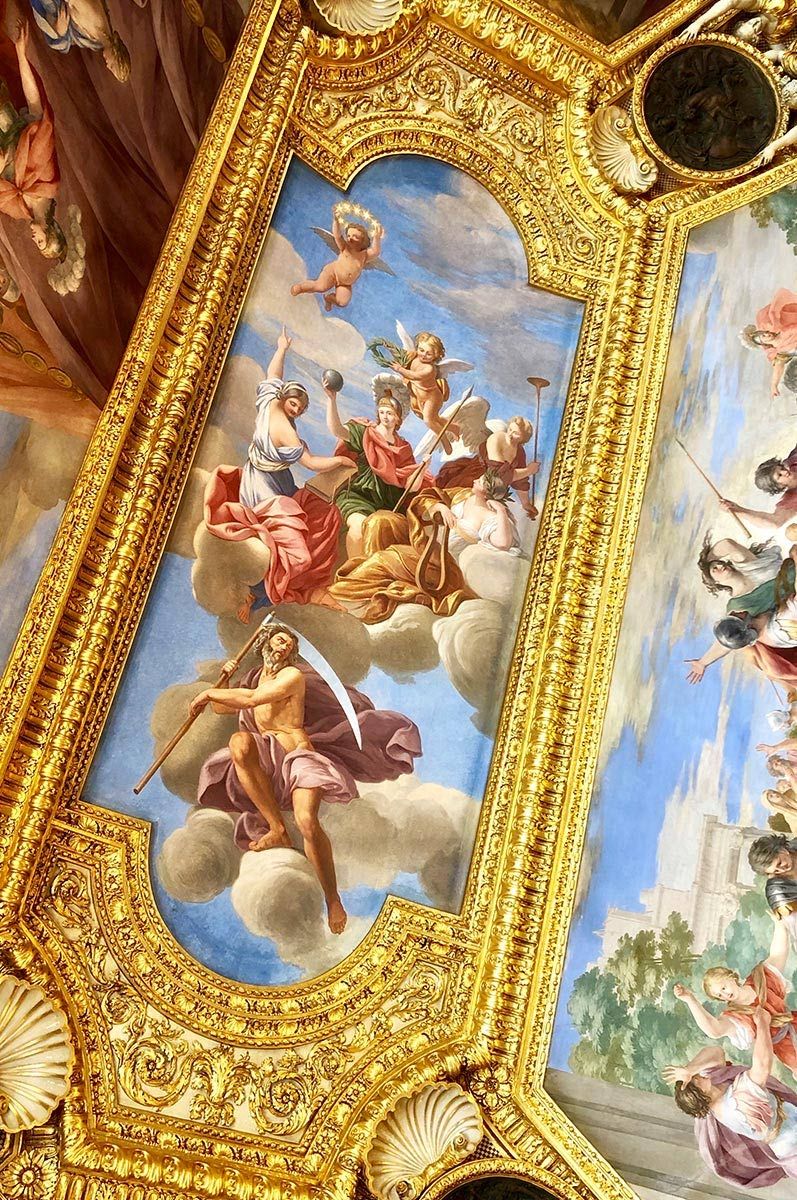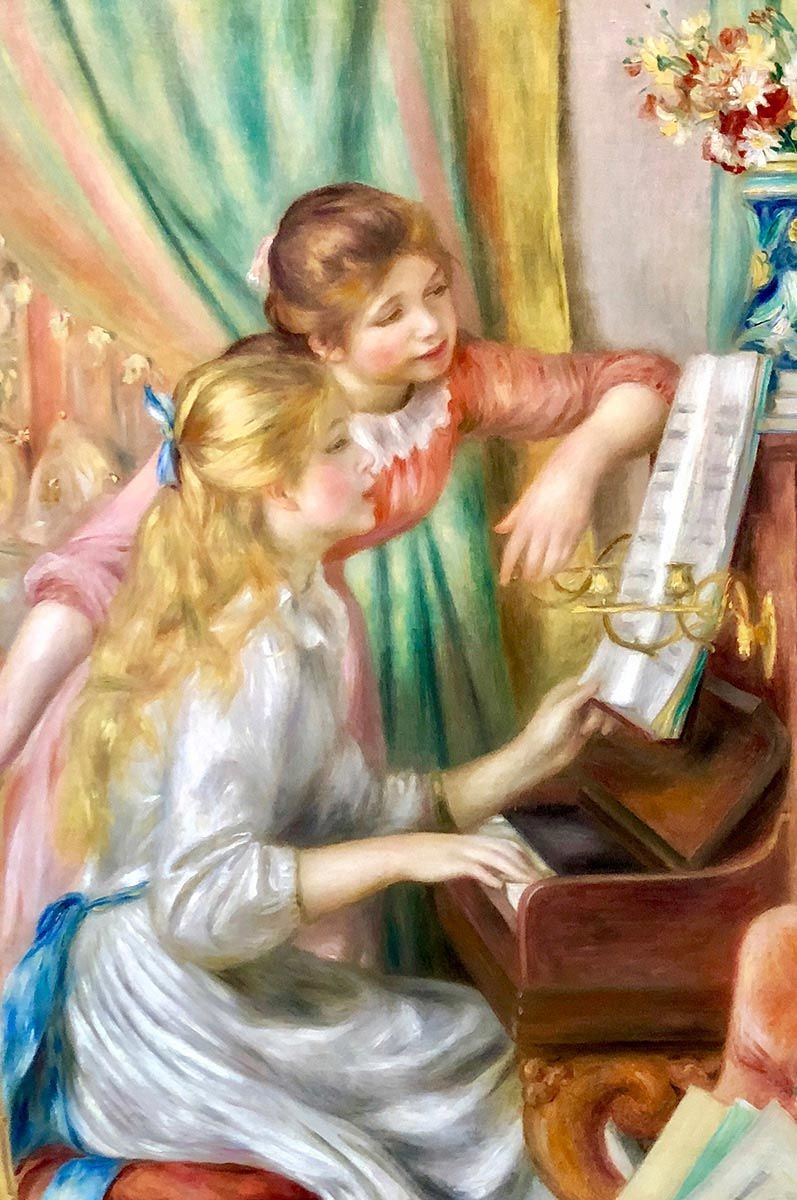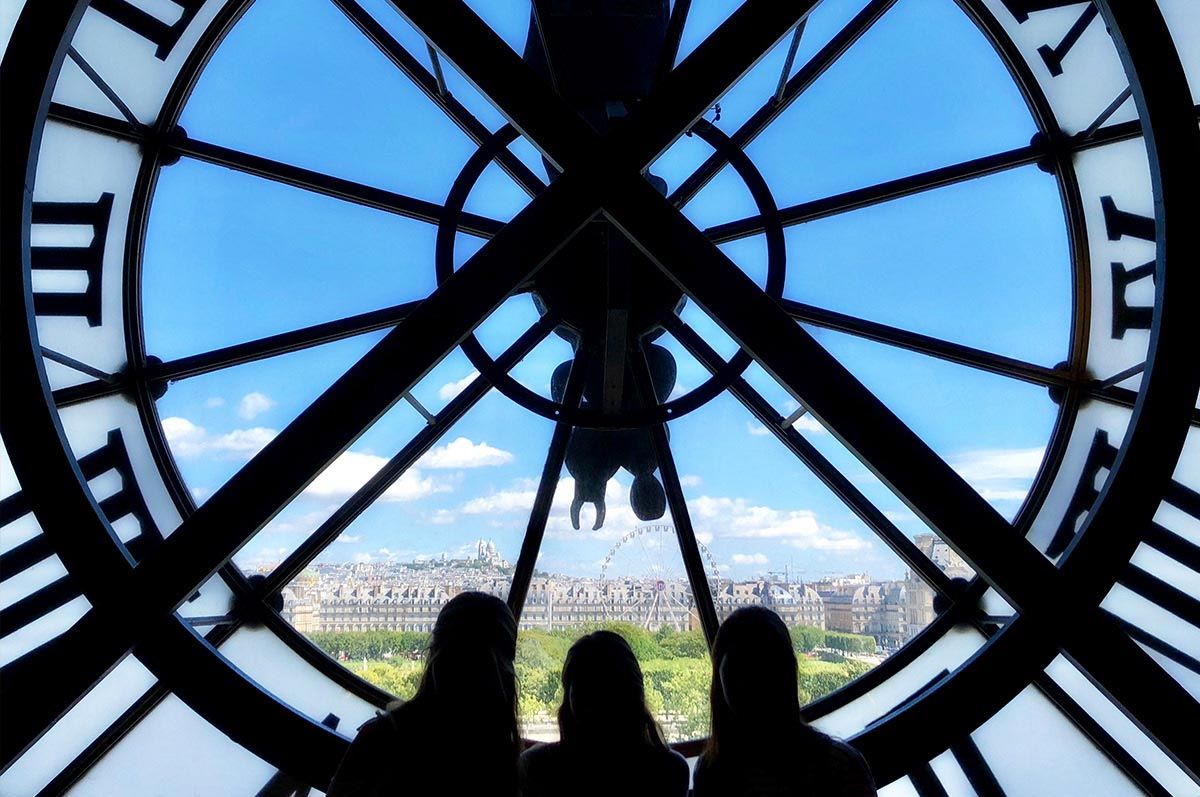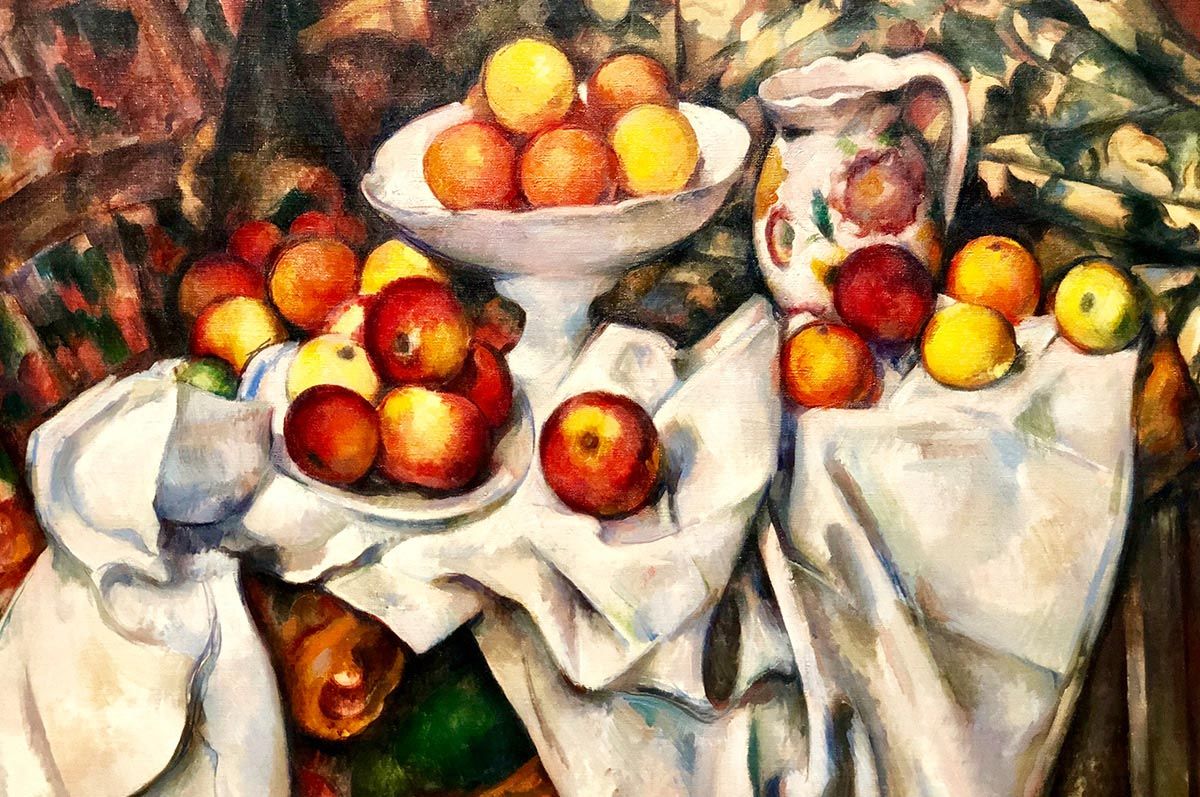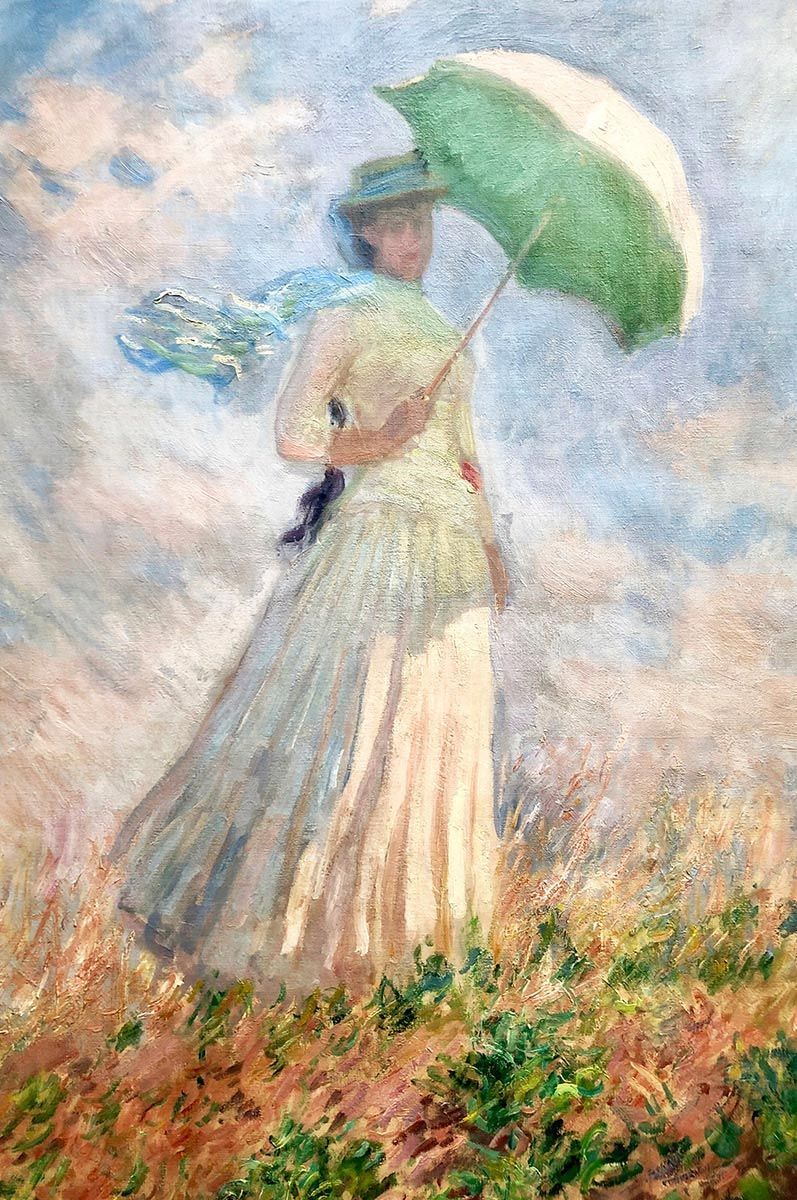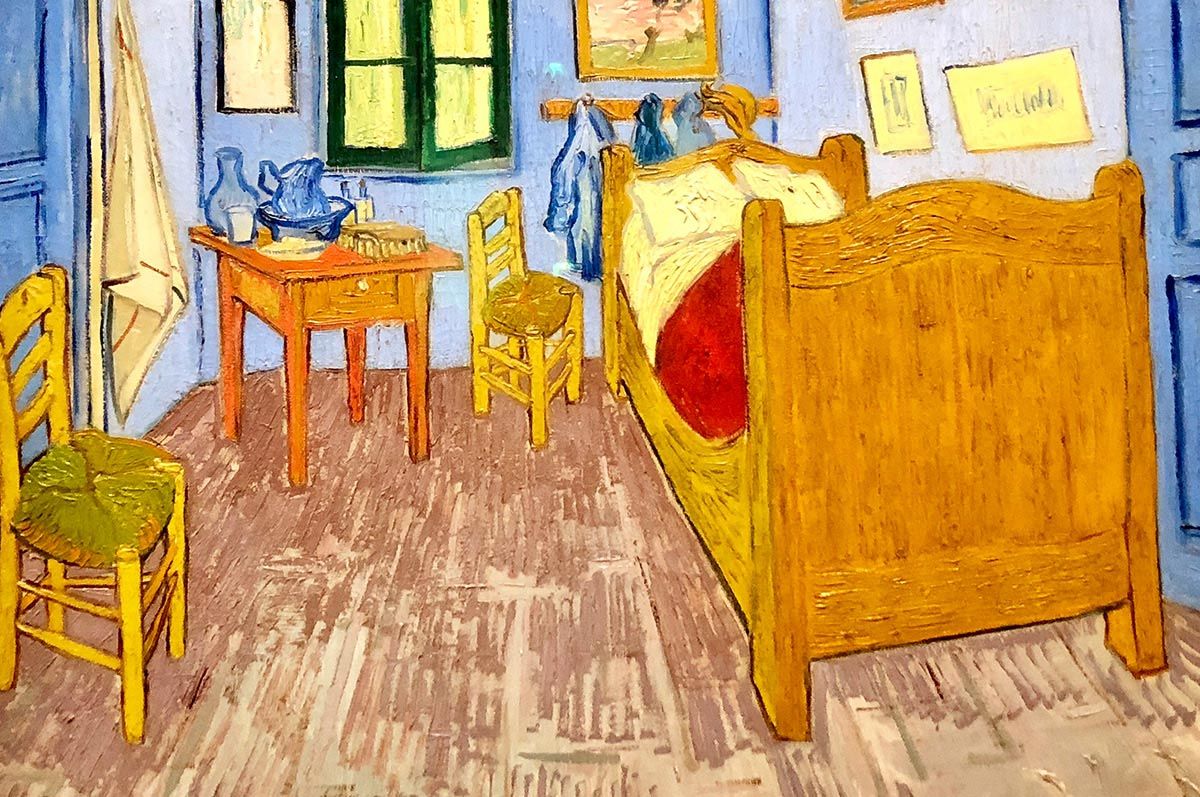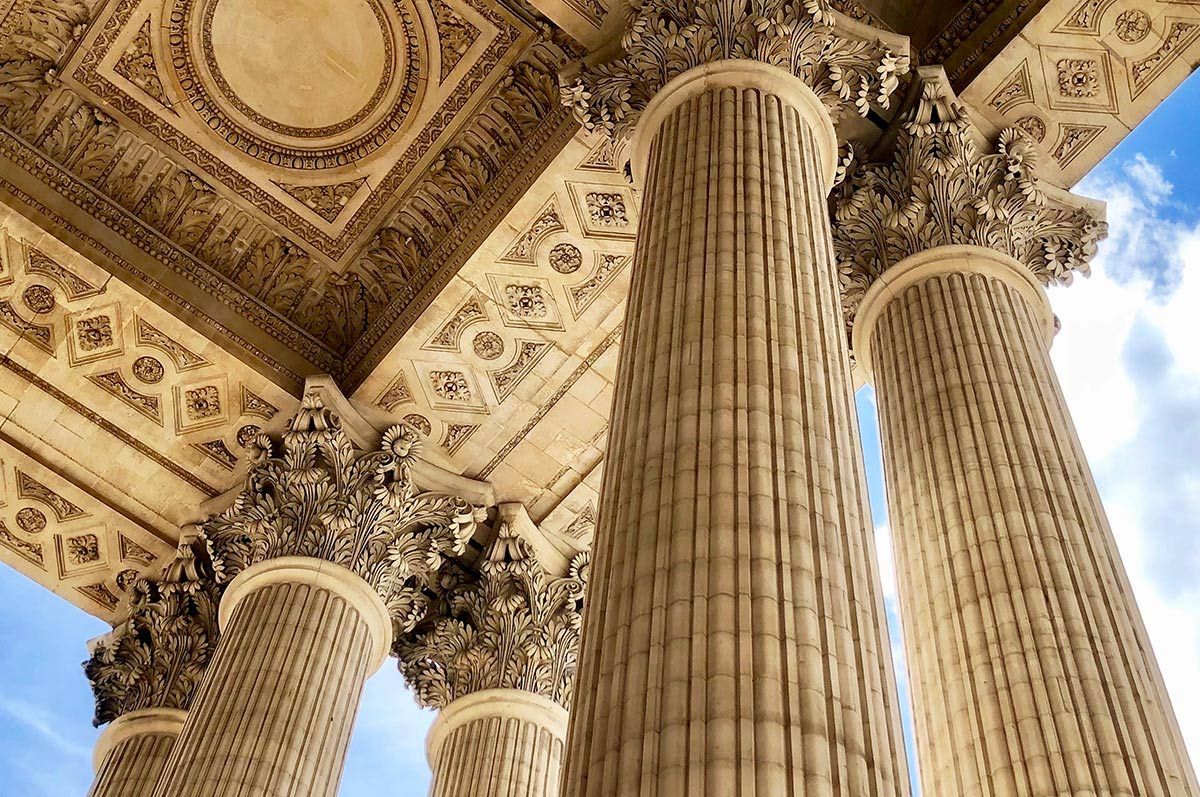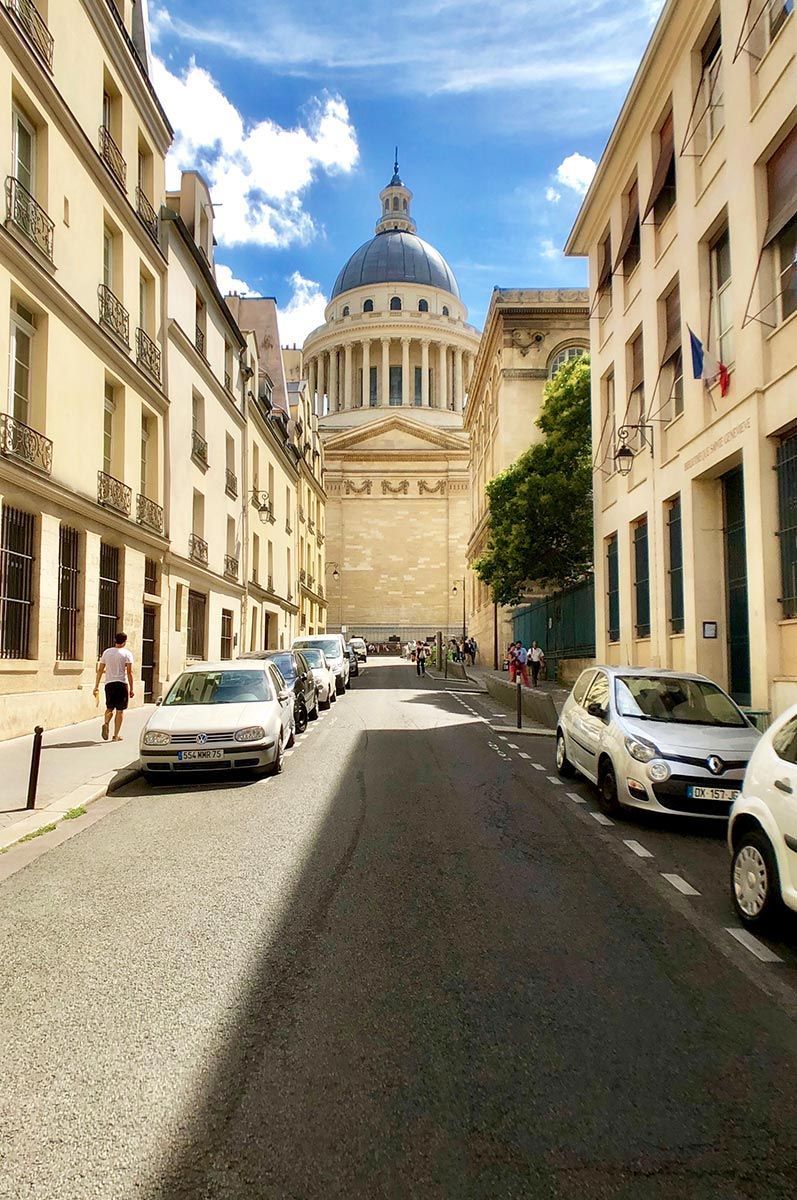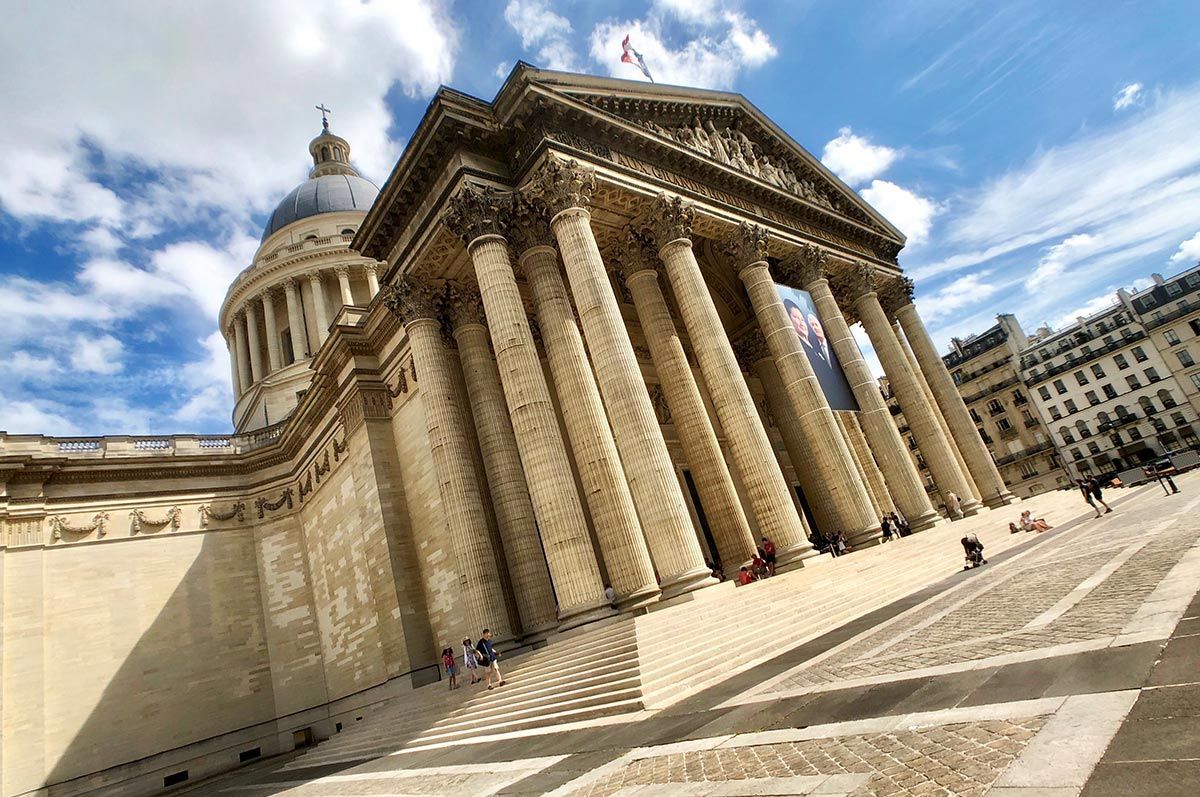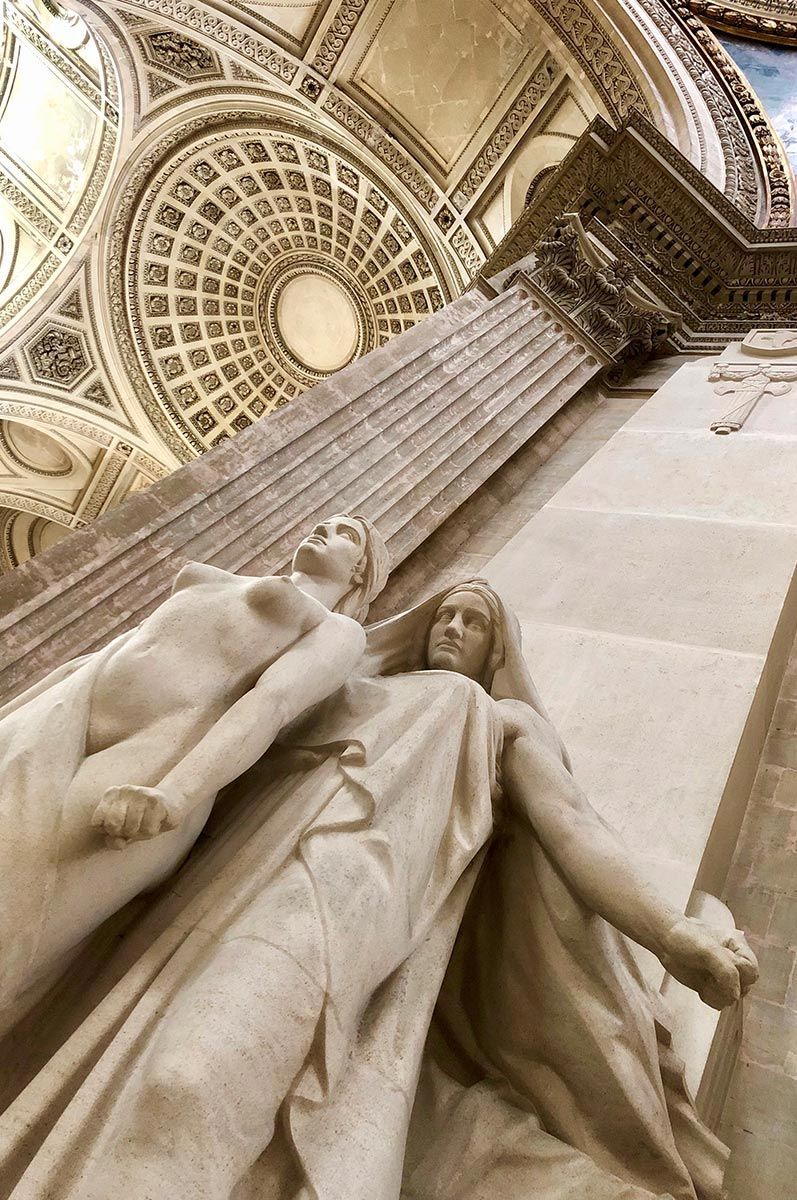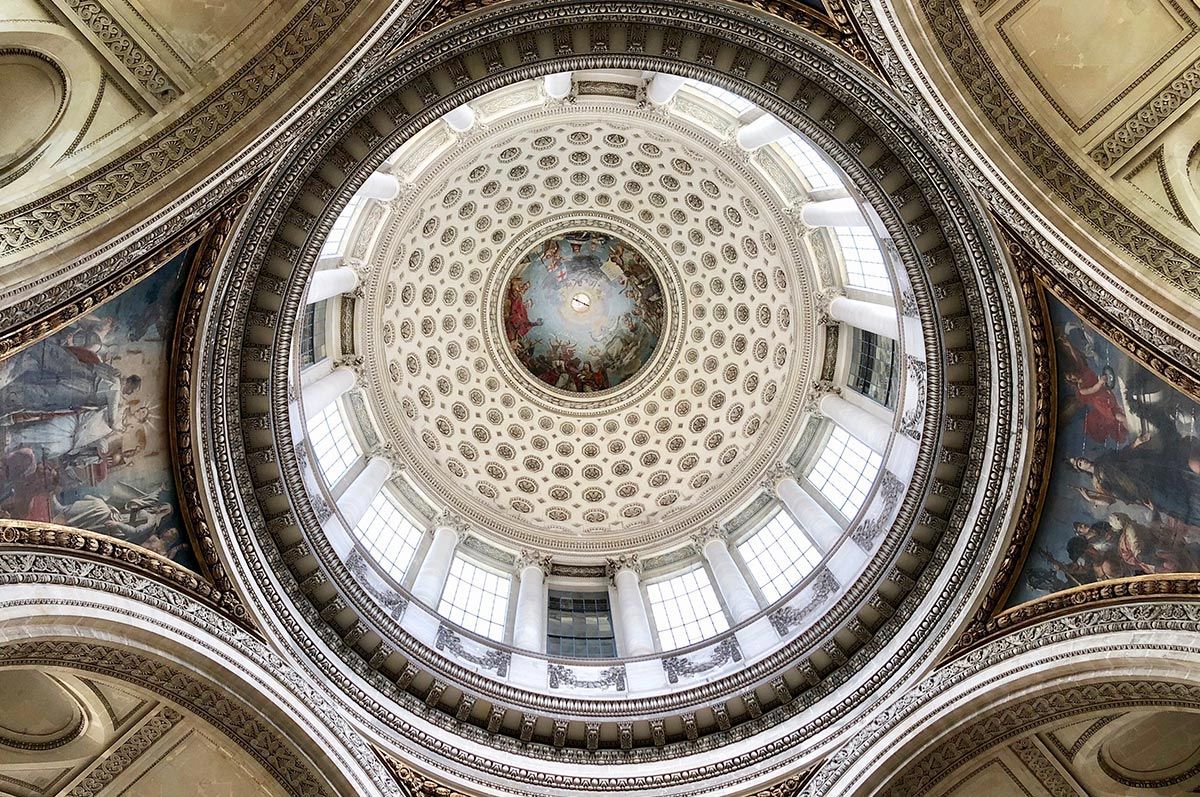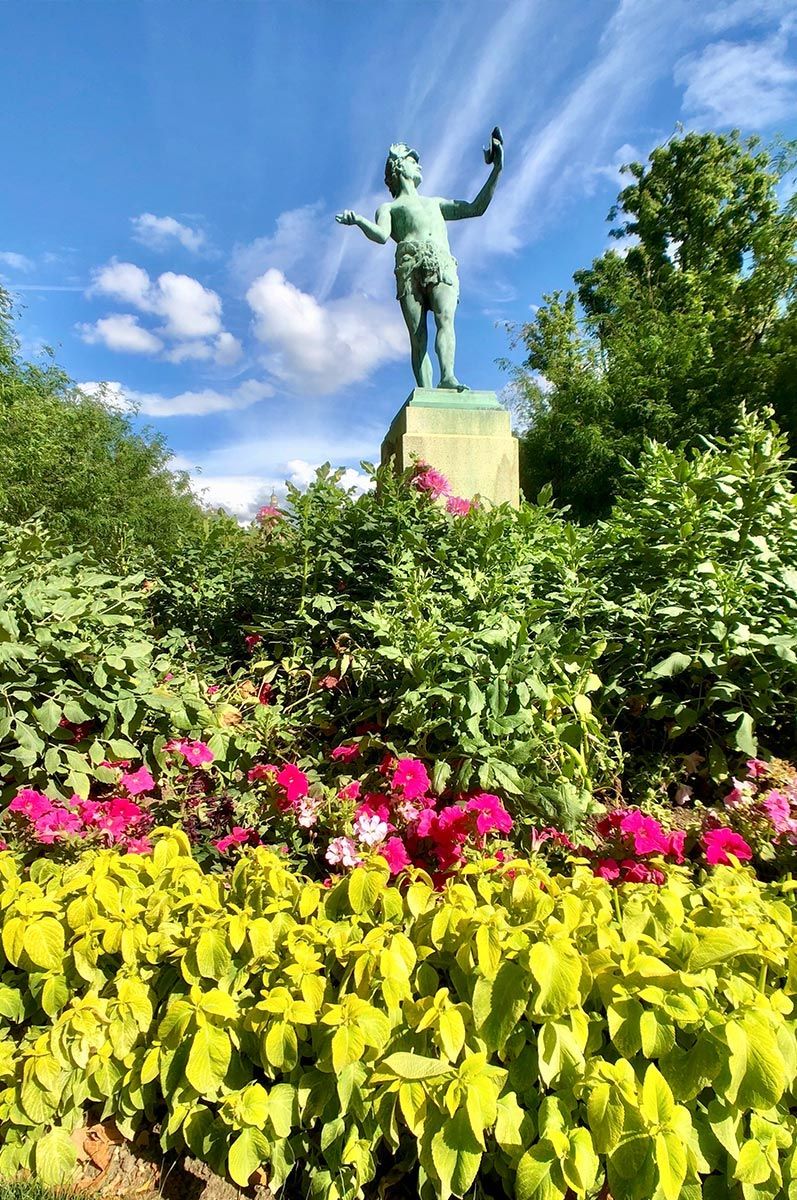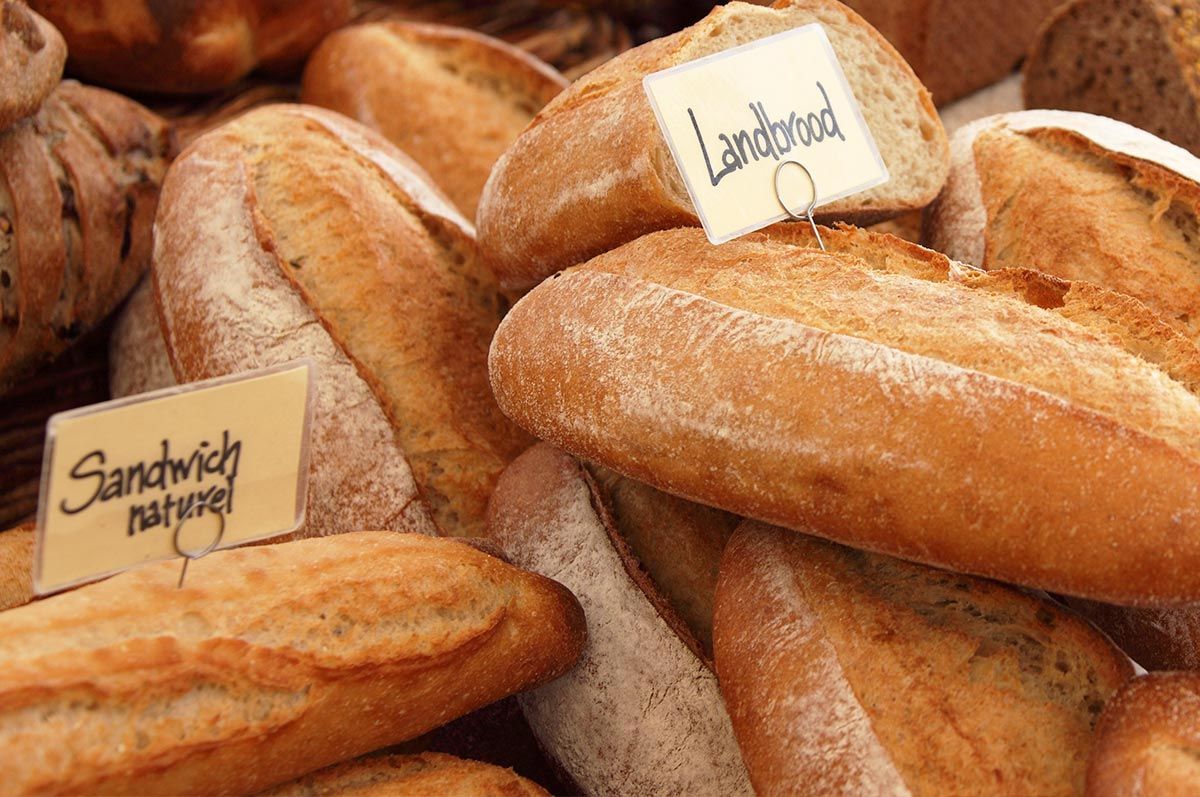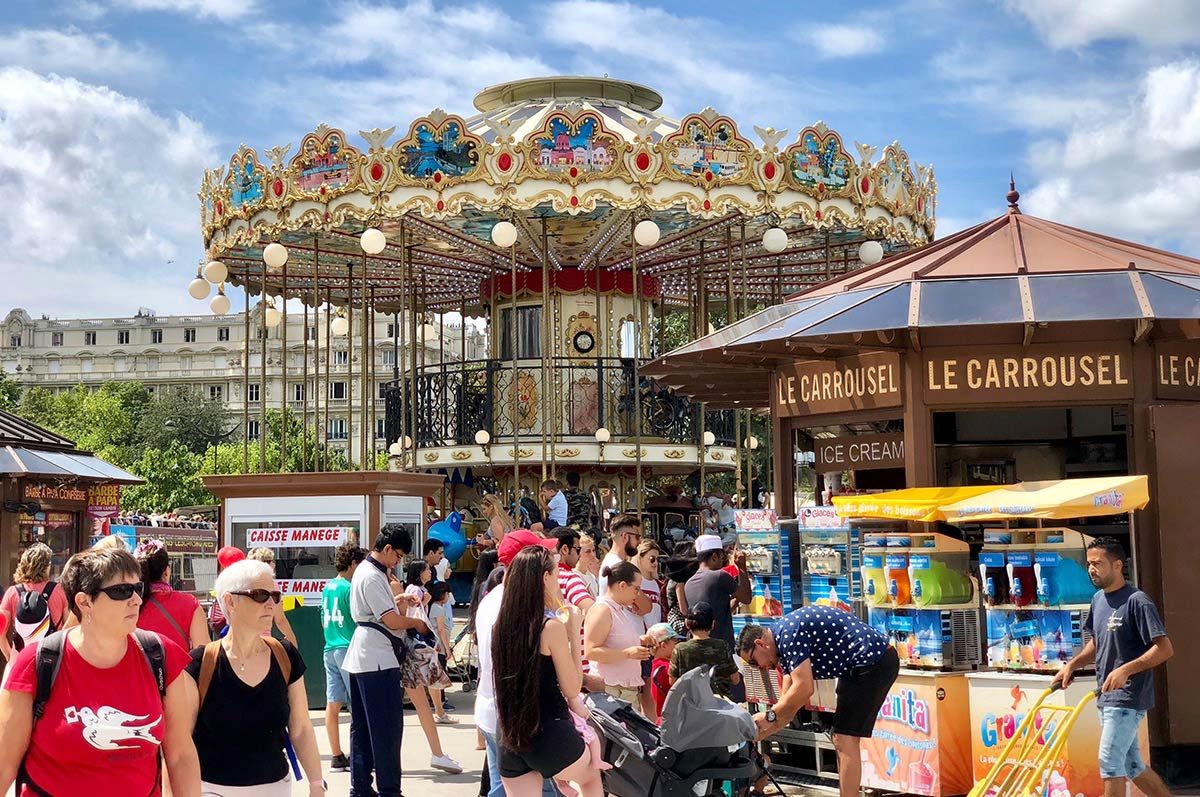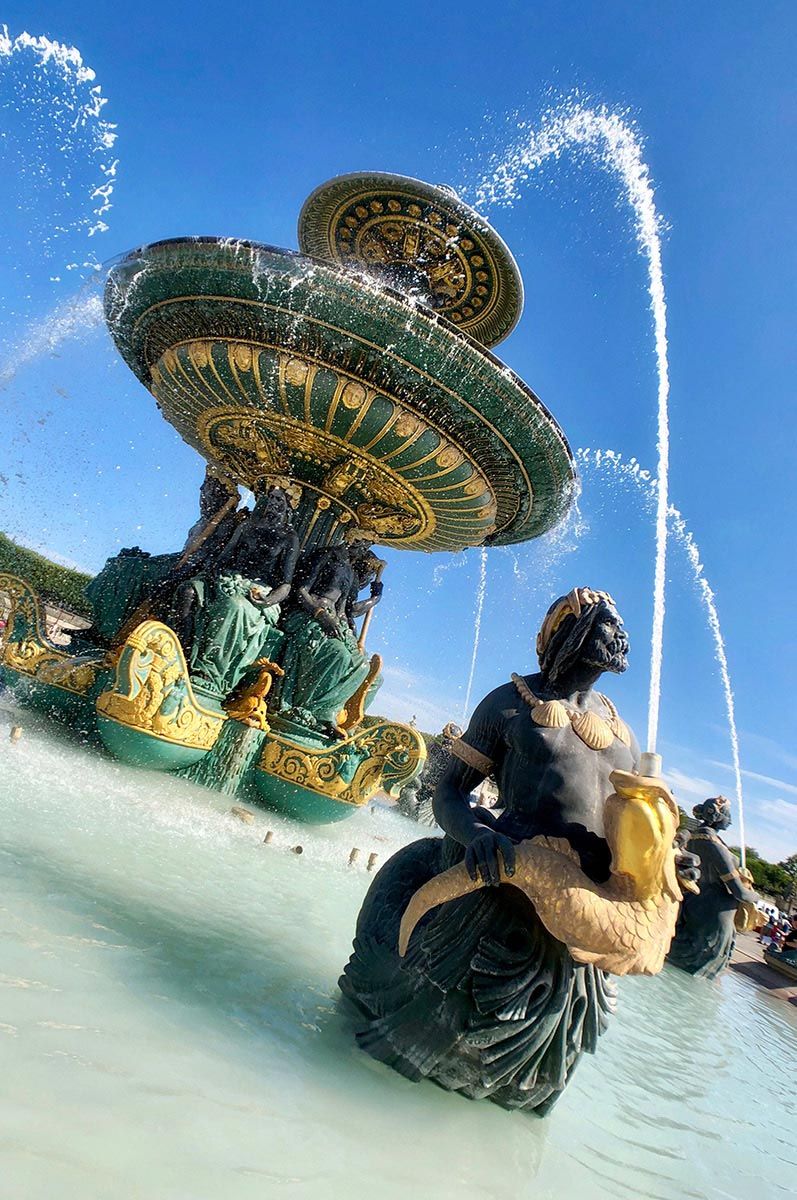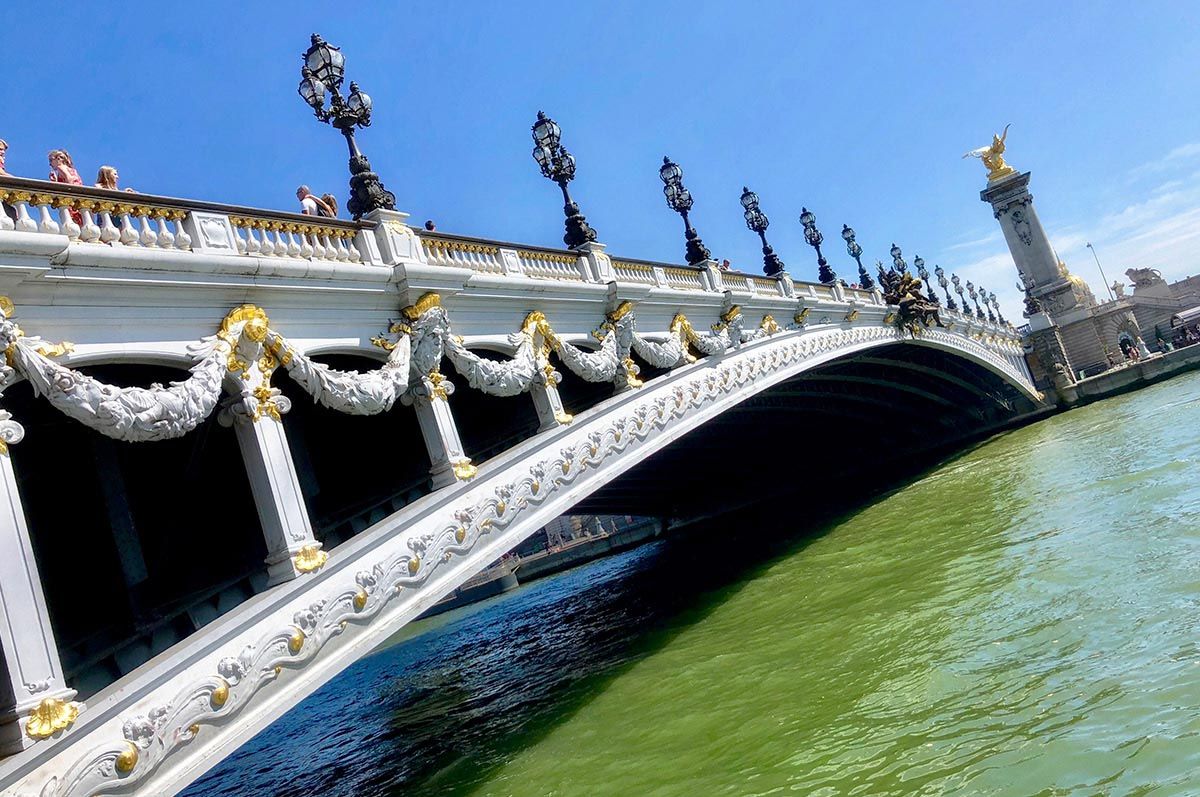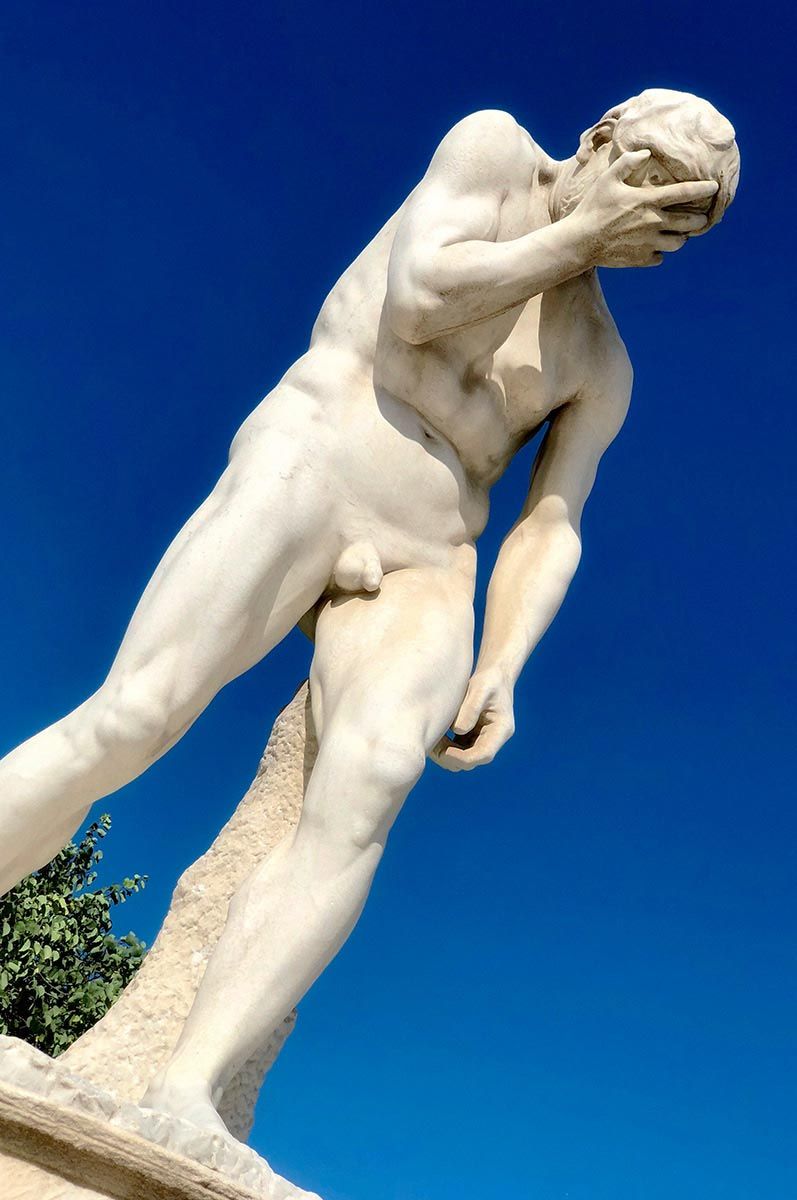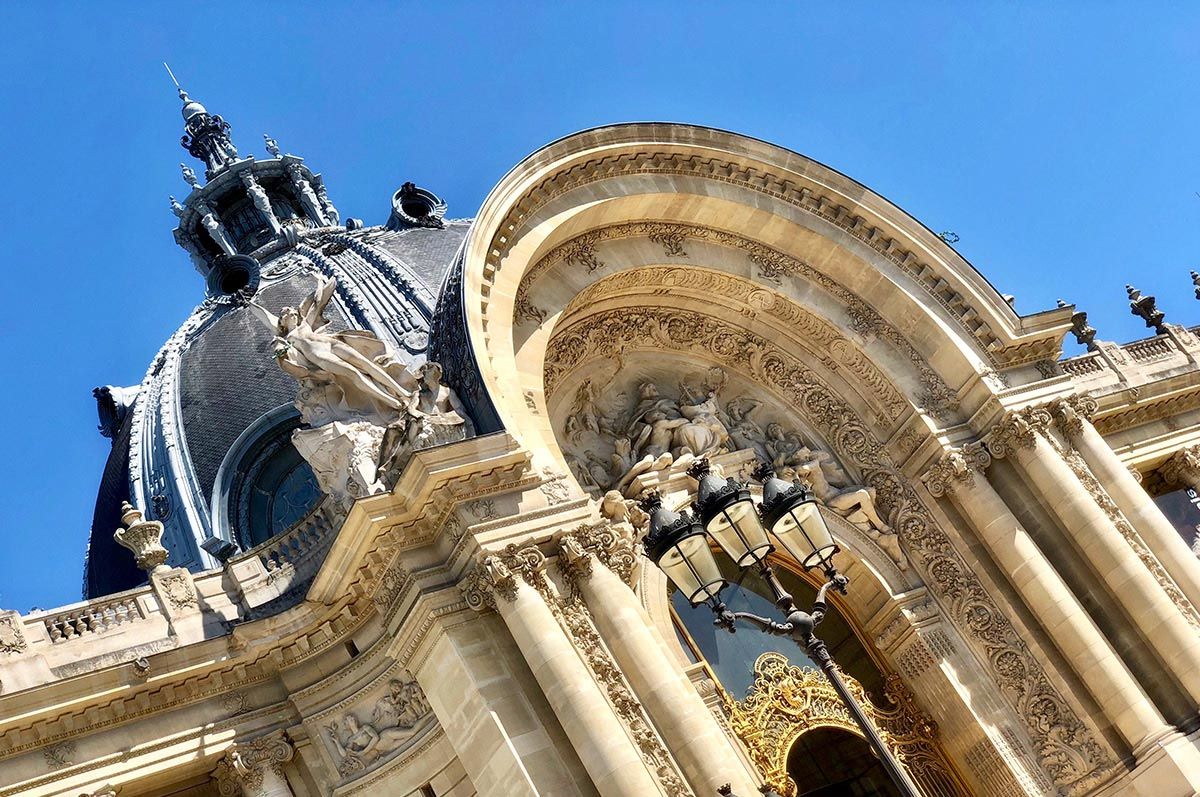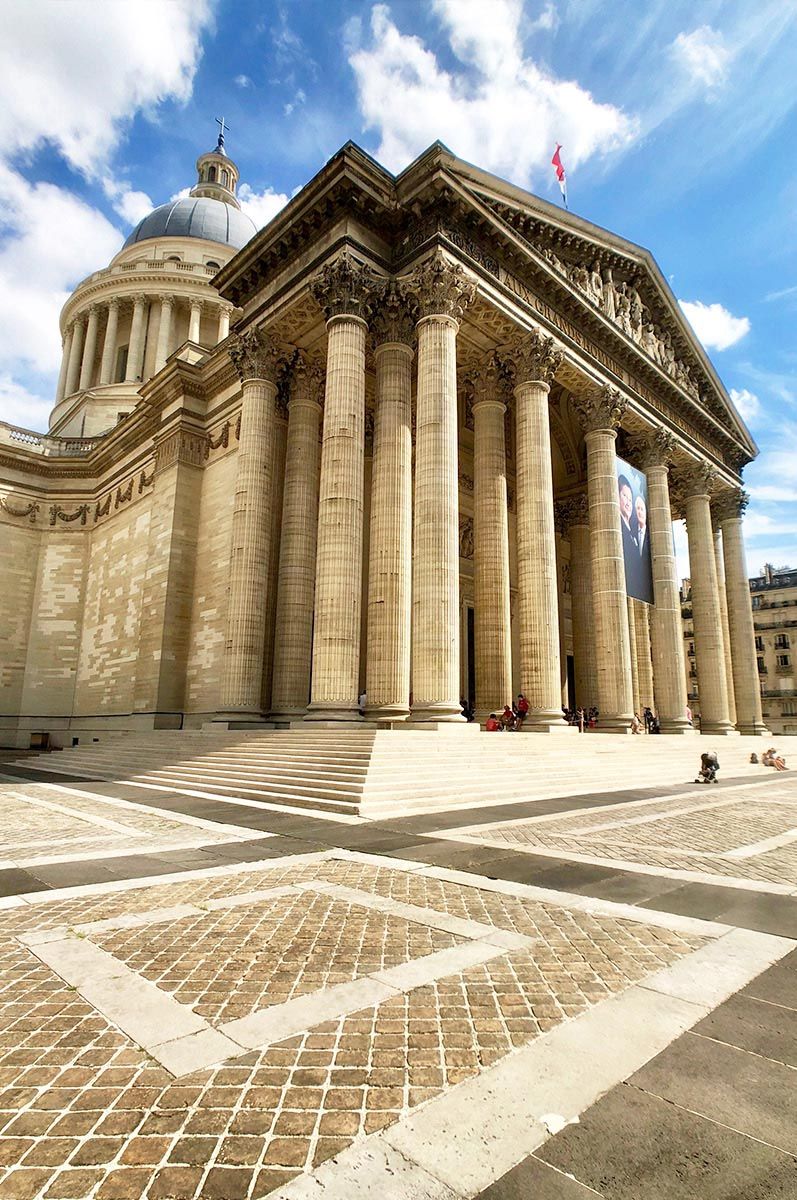Sacre Coeur in Paris
There are no surprises why the Sacre Coeur has been likened to the Taj Mahal in its appearance. A relatively new basilica built between 1875 and 1919, its white stone exterior shines in a majestic way and its gardens, below on the hill, emphasise its beauty. It's free to enter but you can also visit the crypt vaults and the 80 metre bell tower at €8, if you have the time. The egg shaped dome is the second highest viewing point in the whole of Paris (after the Eiffel Tower of course) and if you climb the spiral staircase on a clear day, you might be able to see as far as 48km away. The bell in the tower weighs an impressive 19 tons and is one of the heaviest and largest in the world!
The Basilica was built as a memorial to the thousands of French soldiers who died in the Franco-Prussian War in 1870-1871. Standing proudly at the front of the building are two striking bronze statues, cast in 1927, of Joan of Arc and Louis IX (who later became Saint Louis). These again paying homage to bravery in the face of adversity, the initial premise for the building. Inside, heavy use of gold leaf and mosaics give the basilica a rather busy quality; not to the taste of all, but nevertheless very striking! Light from the stained glass windows points attention toward the apse at the back.
As with many tourist attractions we discovered in Paris, free audio guide apps are available to help you find out more during your visit. We preferred not to use them this time but if you are particularly interested in a location they are a fab way to access additional information without having to join a large group of tourists. If ascending steep hills isn’t your thing, you can take the funicular lift, which is based just outside of the basilica and gives you the opportunity to take in some of the views of Paris. Going down, walking the steps that lead you through the Jardin de Sacre Coeur are worthwhile for the views back up the hill and opportunities for some great photography shots.
Paris Paths
Perfect Paris
For us, this was our first time in Paris and we will never forget the experience. The top city on Amy’s bucket list for almost 20 years, we were thrilled to find that it didn’t disappoint; there were so many stand-out moments that the word memorable doesn’t start to cover it. Our highlights include being perched atop the Arc de Triomphe, gazing out over the spiders-web of streets emanating out from beneath us with so many iconic landmarks in eyeshot around us in all directions. Or Amy’s outpouring of emotion at finally seeing the Moulin Rouge; her very own spiritual Mecca since her teen years. Not forgetting an amazing evening spent under the twinkling lights of the Eiffel Tower, an electric atmosphere with impromptu opera wowing the crowds. Or feeling the passion of salsa as dancers intertwined at riverside venues along the Seine; exactly what summer nights should be about.
Whether you’re on a budget or you’ve been saving up to make your trip special, there is plenty to keep you busy in Paris. In 5 days we clocked up over 45 miles of exploration with a good chunk of it not costing a cent, so don’t be put off by your financial situation - although spending on a good pair of shoes beforehand might be a worthwhile investment! Paris has become one of our all time favourite locations and we’d love to hear your experiences. Do you have any extra tips for fellow travellers? Got your own stunning shots of the city to share with us? We’d love to hear you thoughts and see your photos, so please leave us a comment on social media and connect with us. If you’ve found this guide to Paris useful, please like and share our page using the buttons below.
Au revoir and travel far!

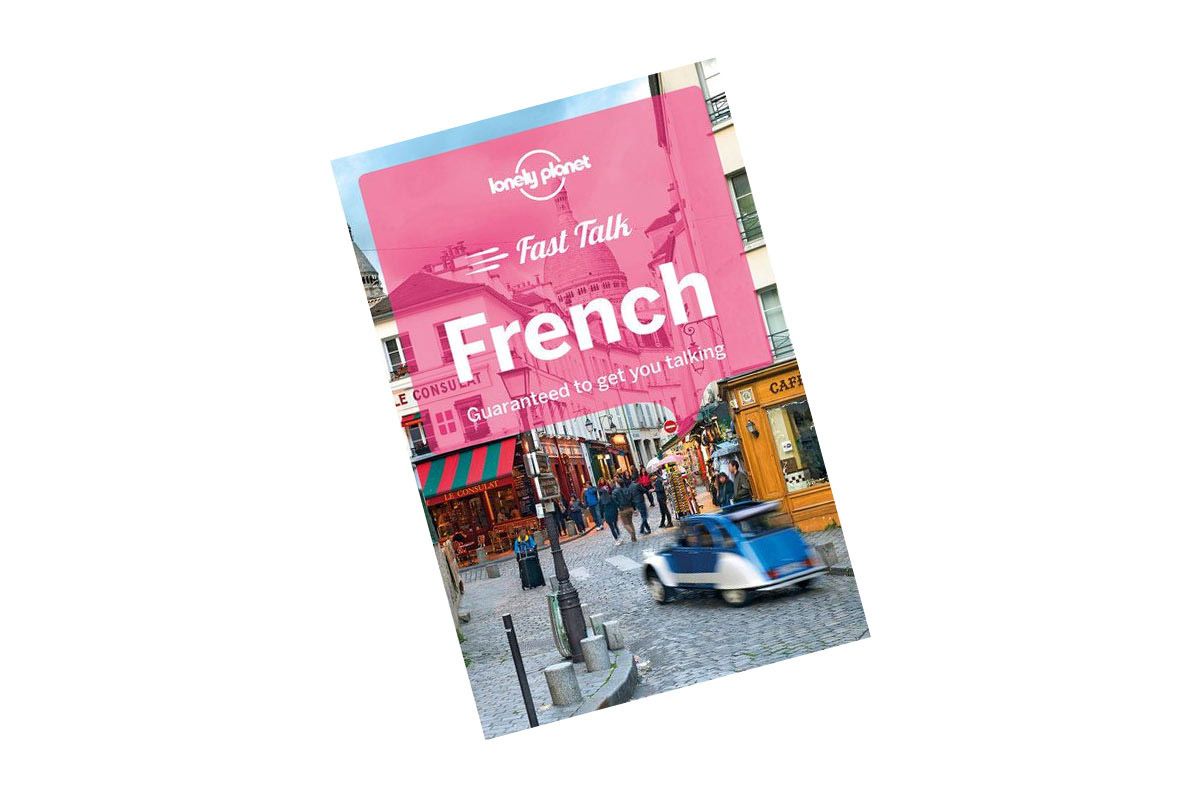
Lonely Planet Phrase Guide
Many visitors to France get around without speaking a word of French, but just a few phrases go a long way in making friends, inviting service with a smile, and ensuring a rich and rewarding travel experience.

DK Eyewitness Paris 2019
An unbeatable pocket-sized travel guide to Paris, packed with insider tips and ideas, colour maps, top ten lists and a laminated pull-out map, all designed to help you see the very best during your trip to Paris.
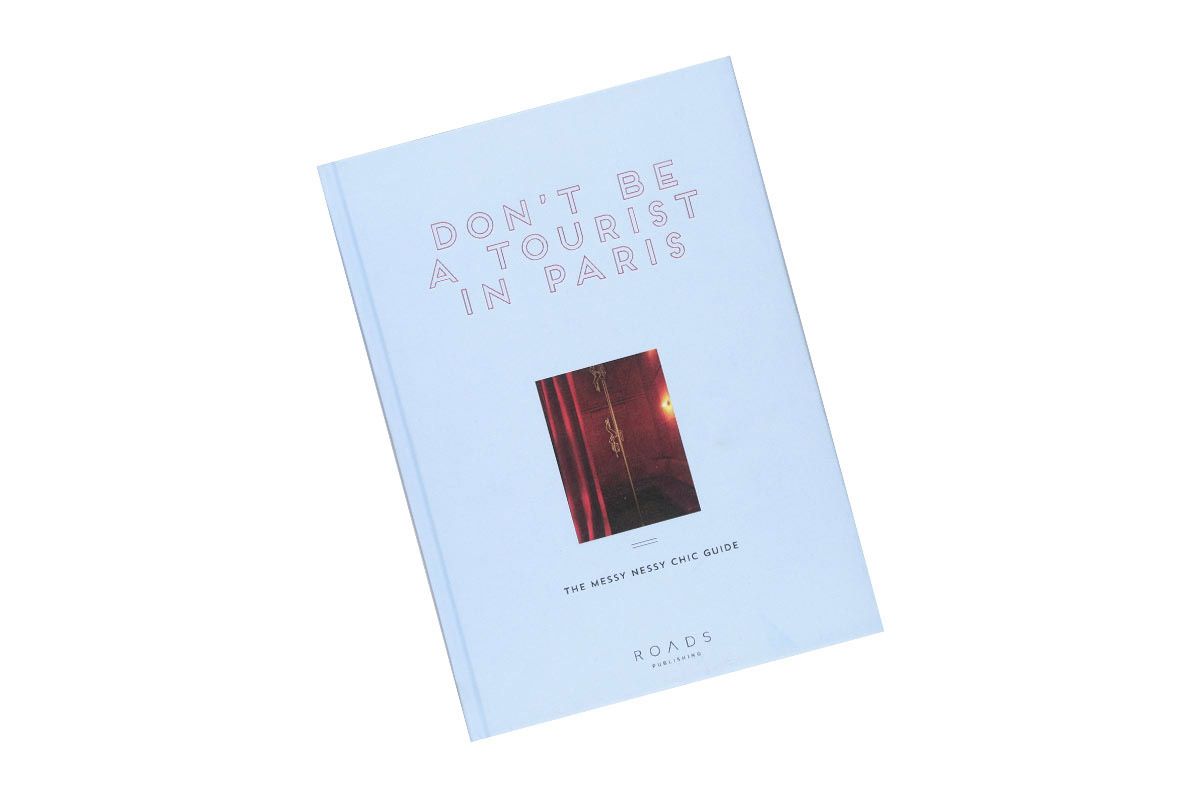
The Messy Nessy Chic Guide
If you want to see Paris like it is in the movies, Nessy will show you the directors cut. If you seek the unusual and the underground, she'll take you down the rabbit hole and park you at the mad hatters doorstep.
